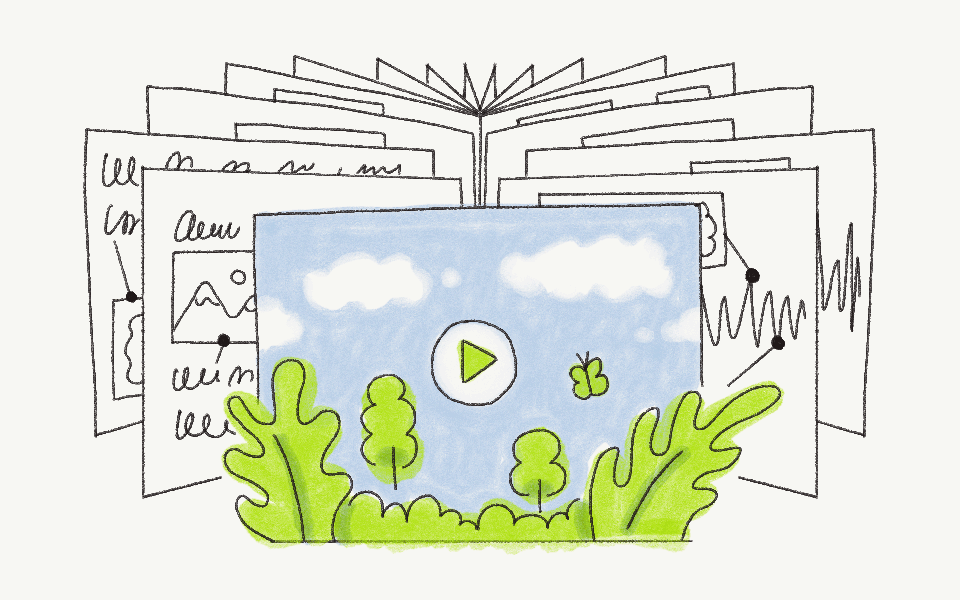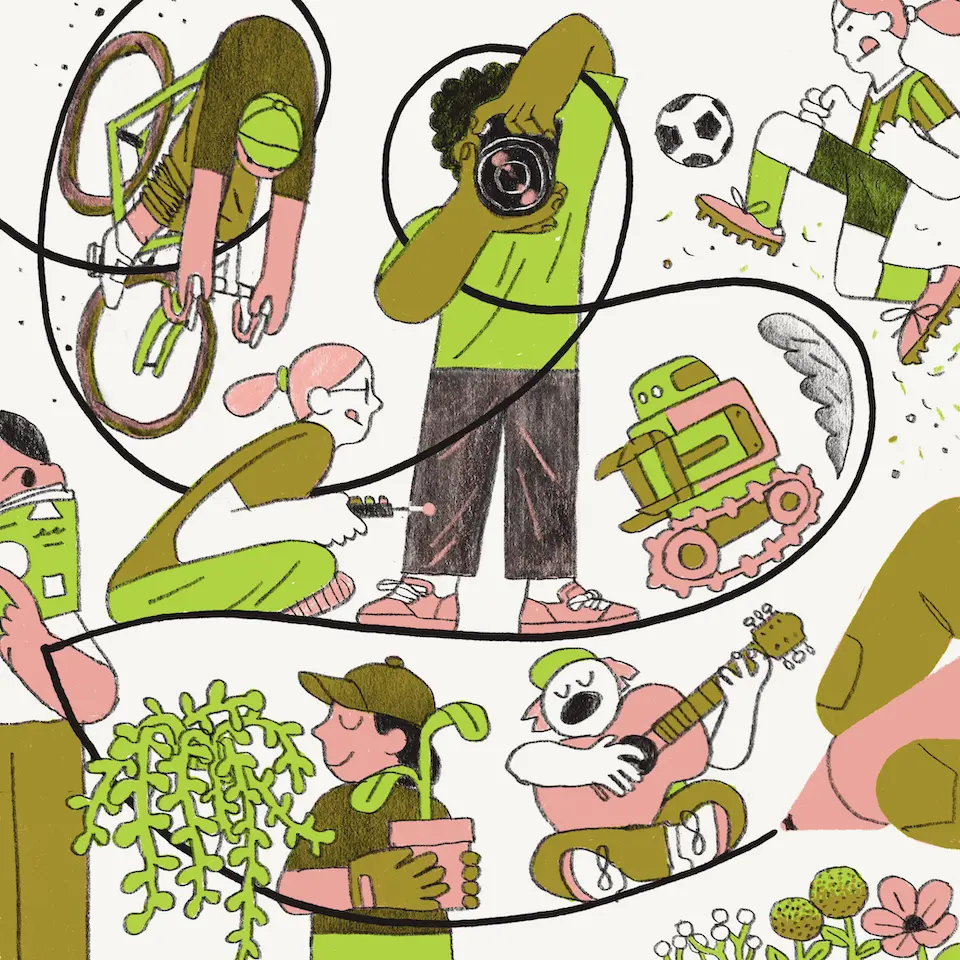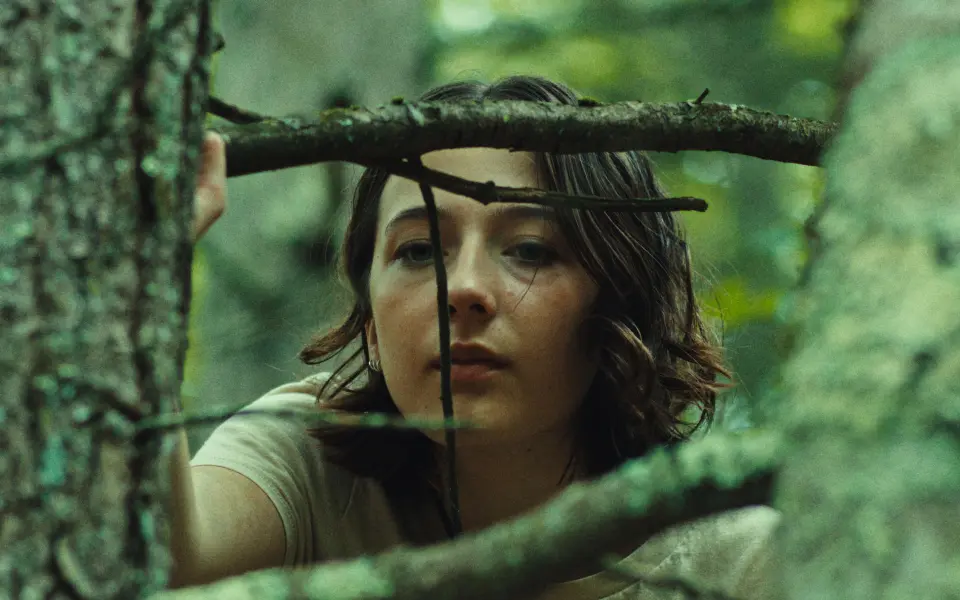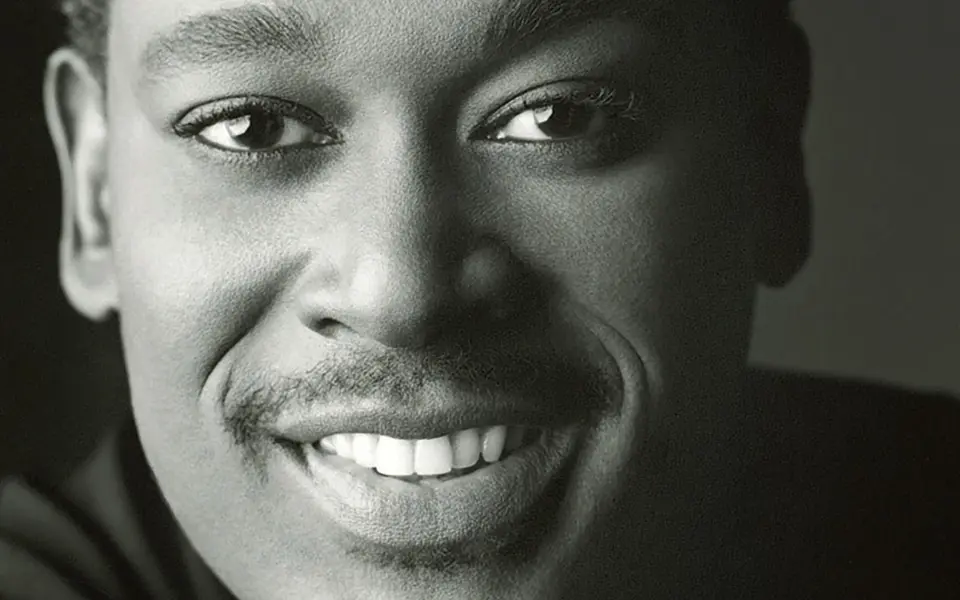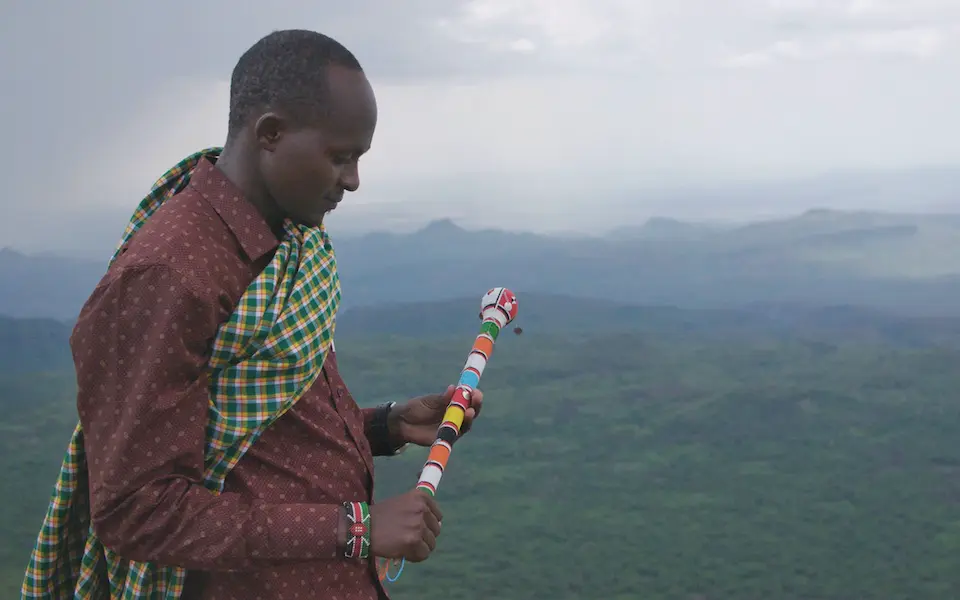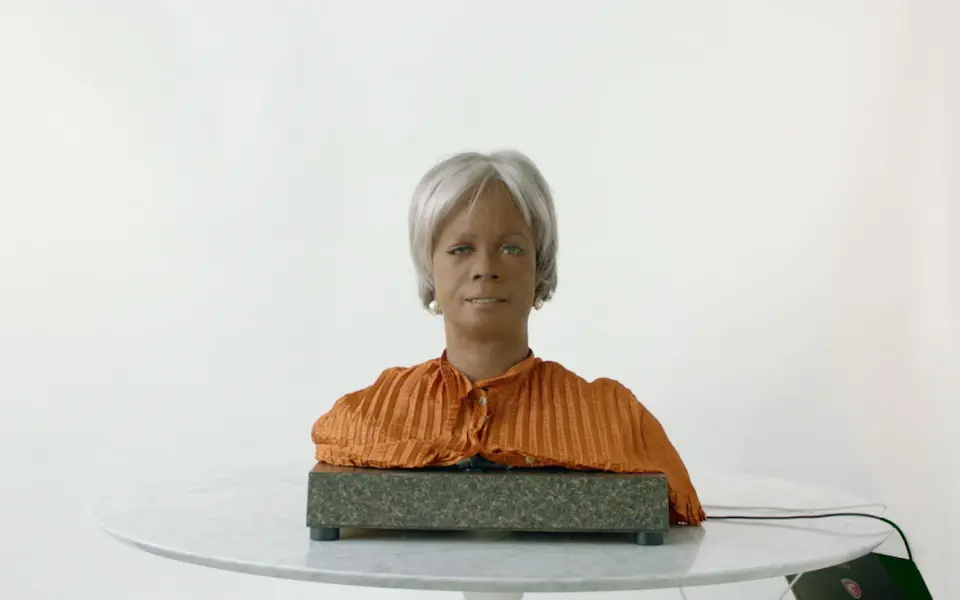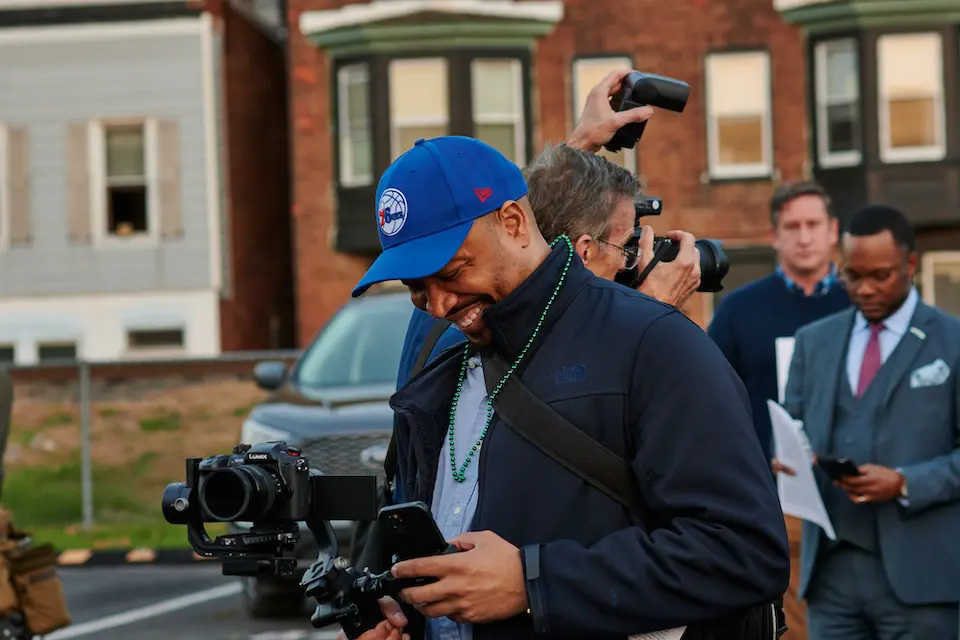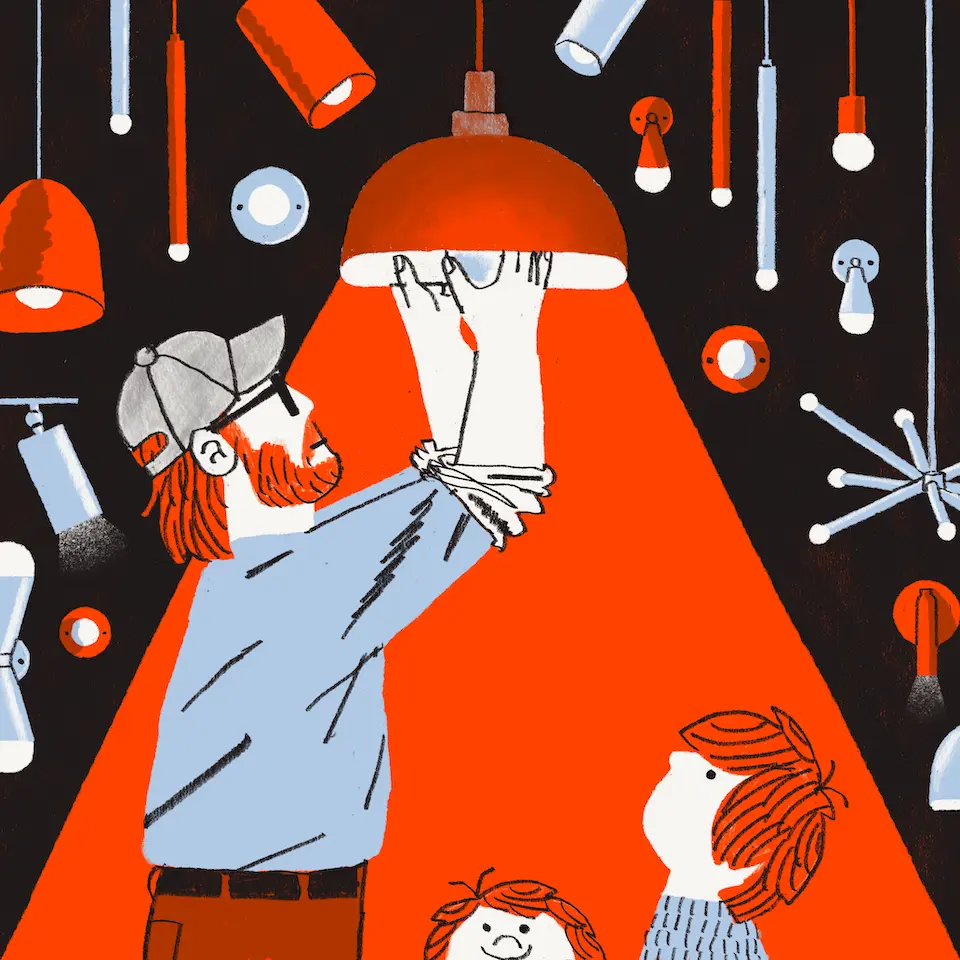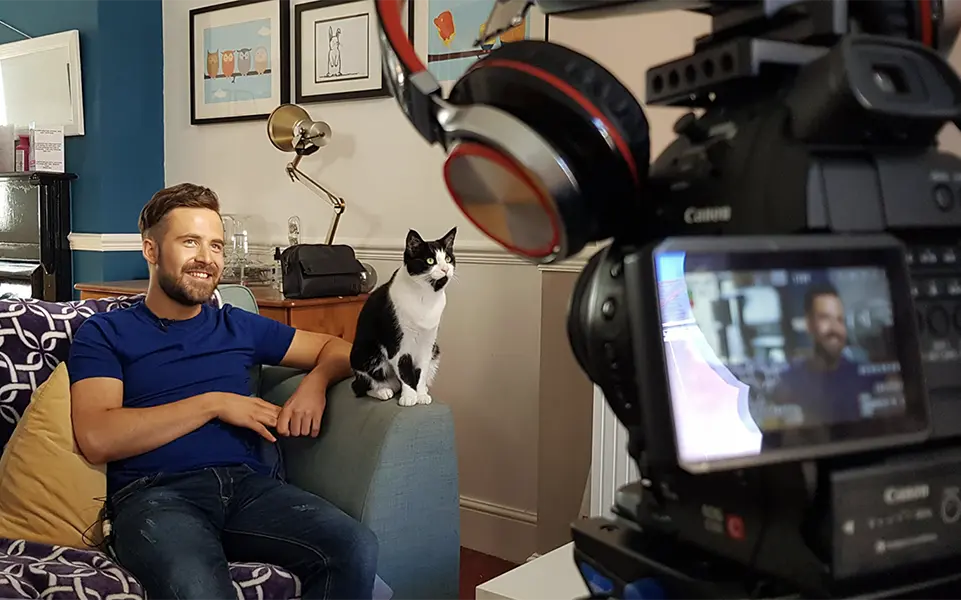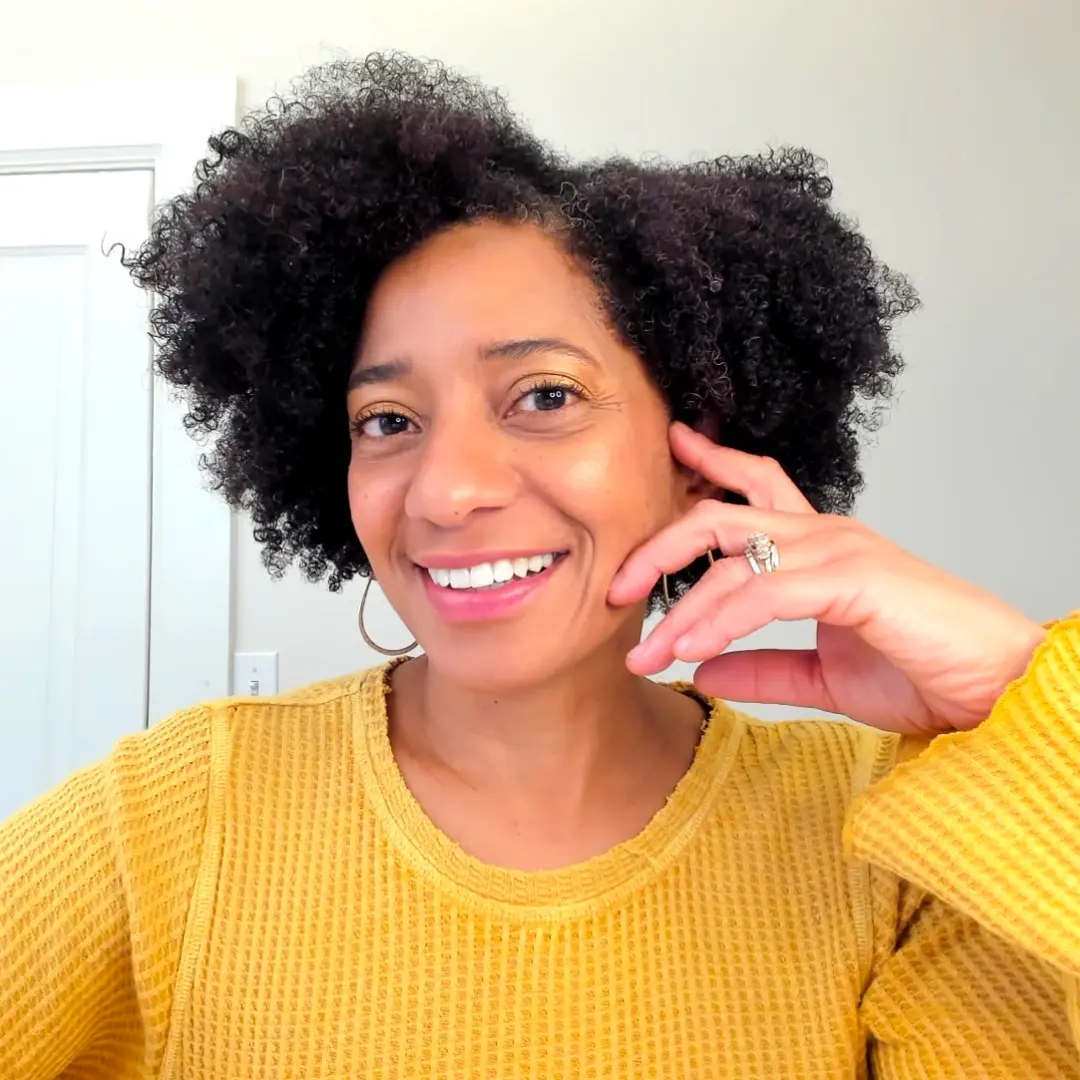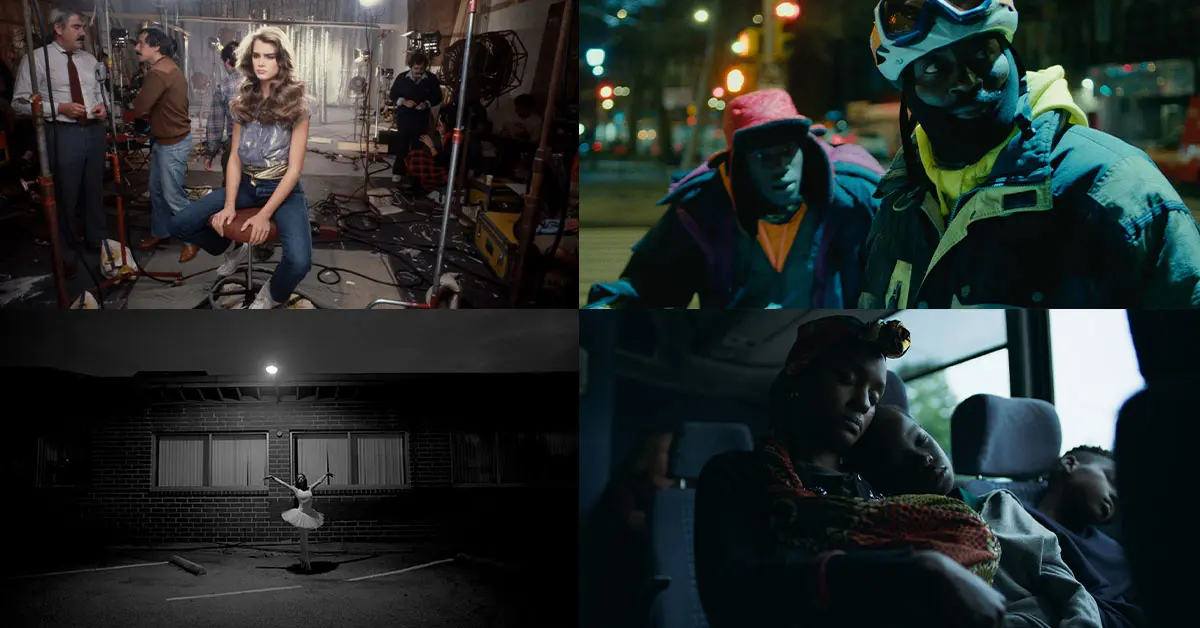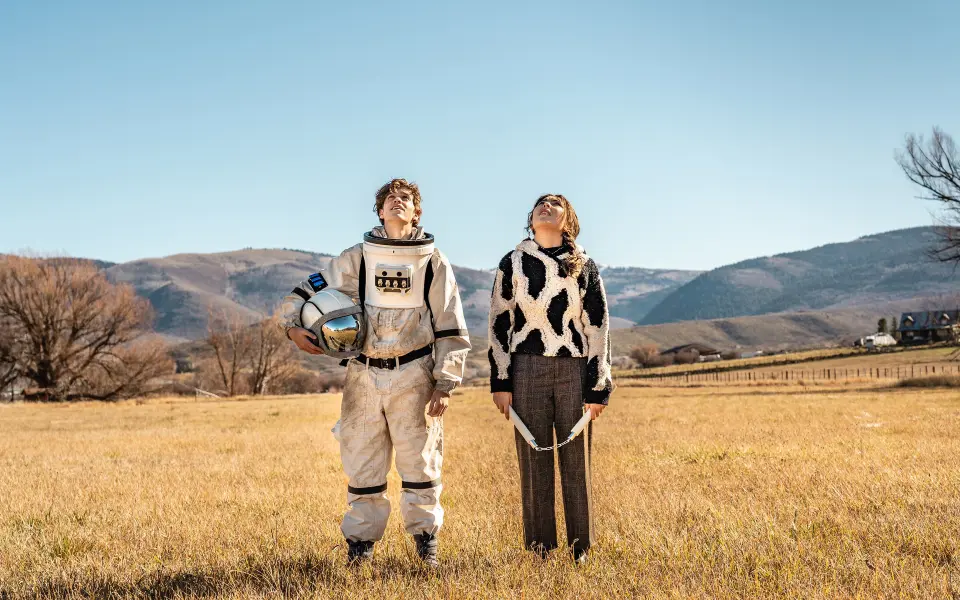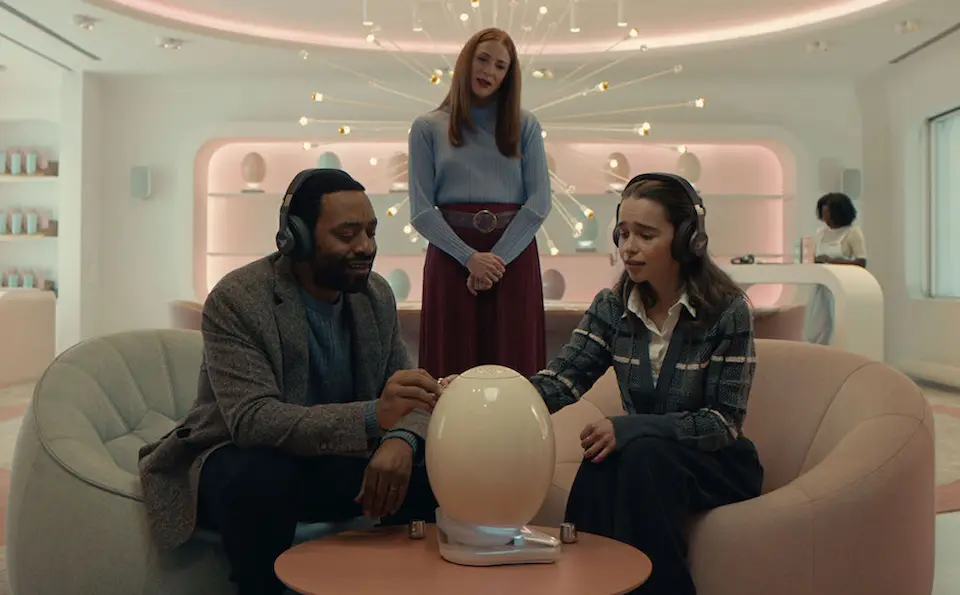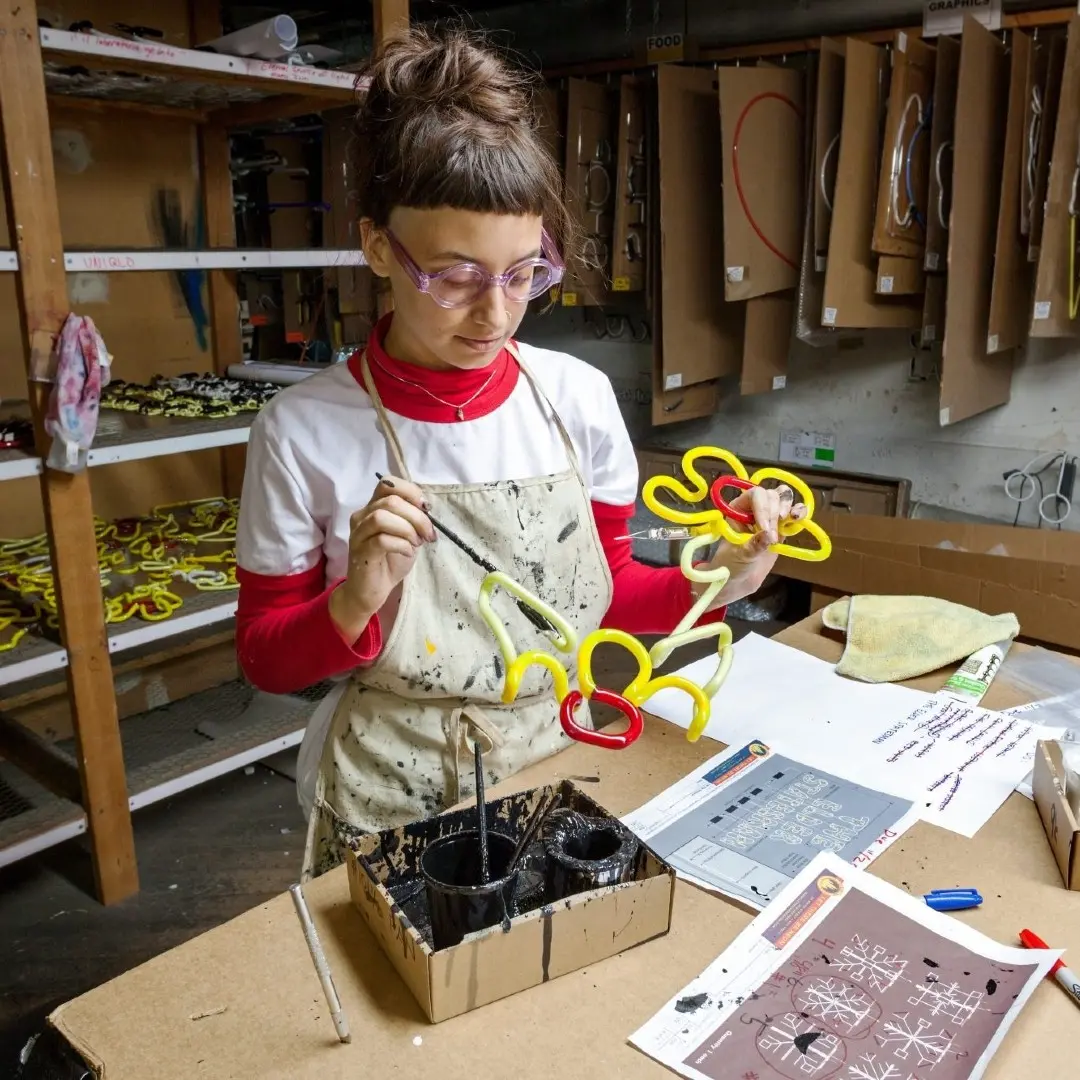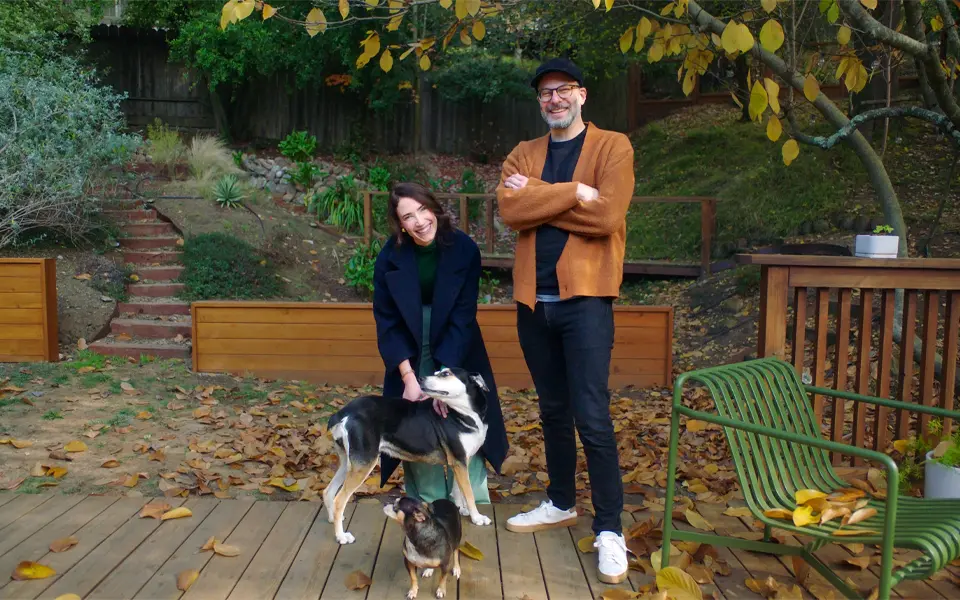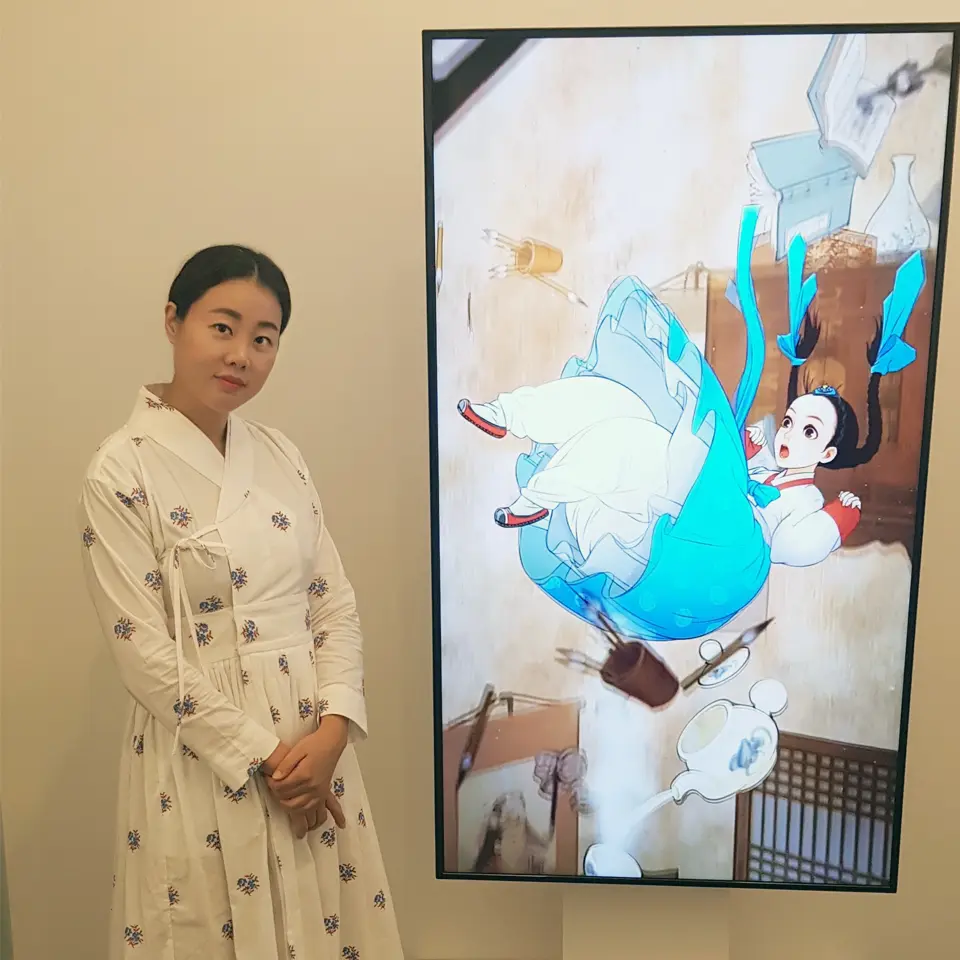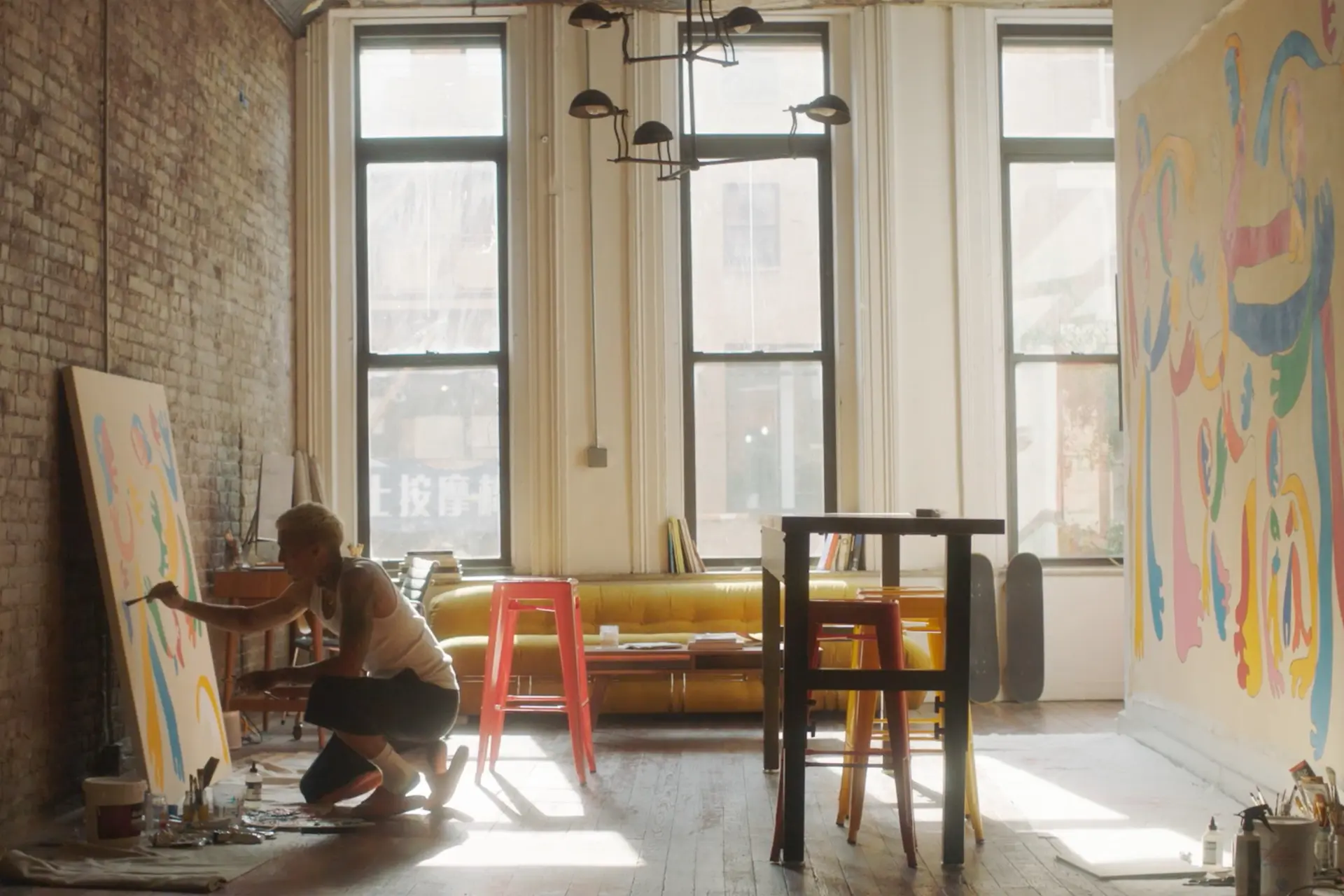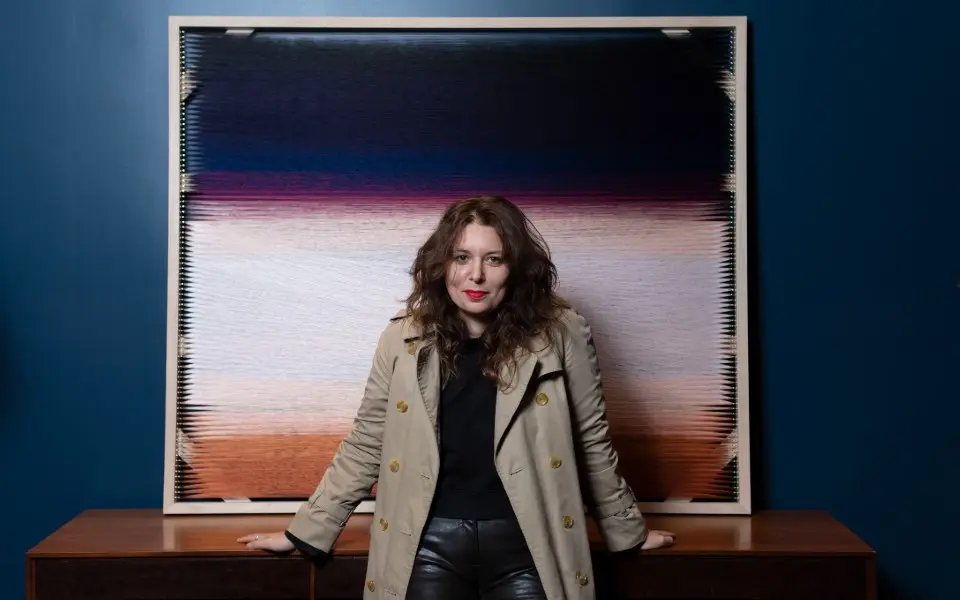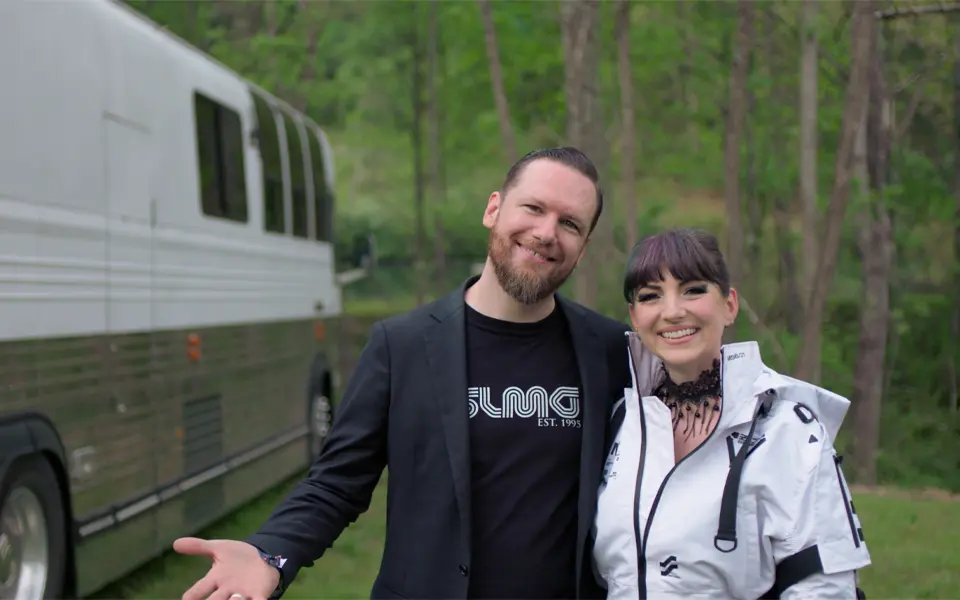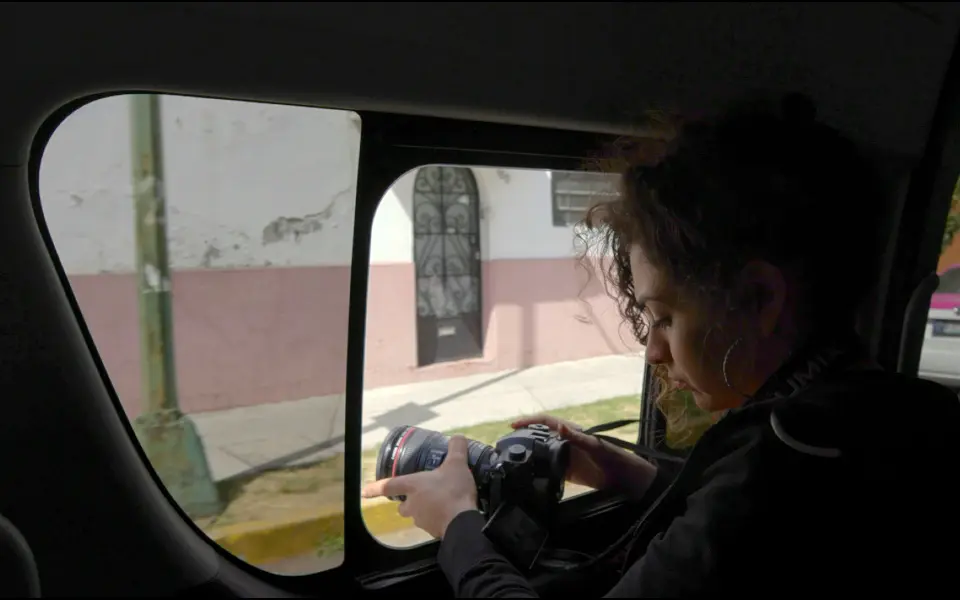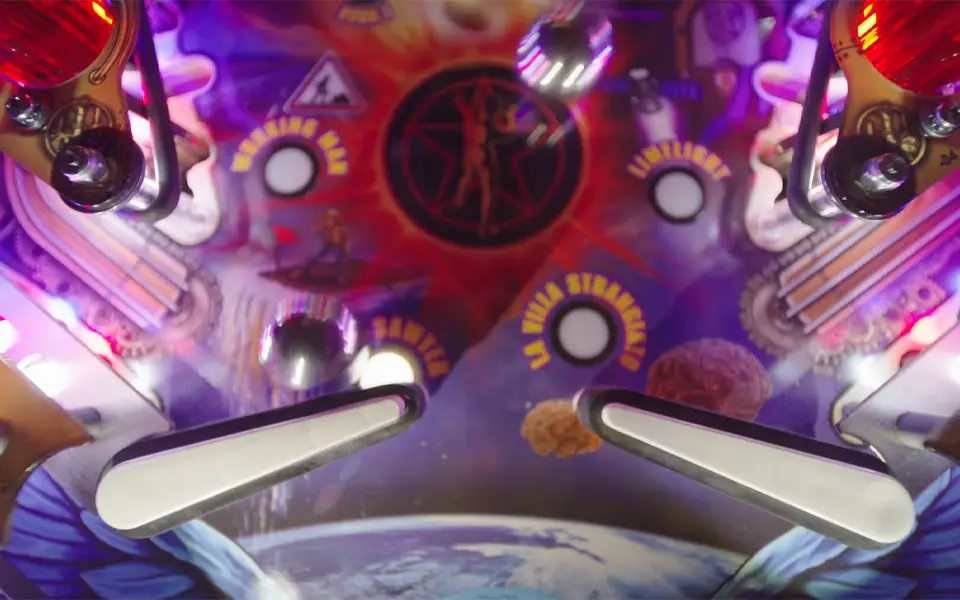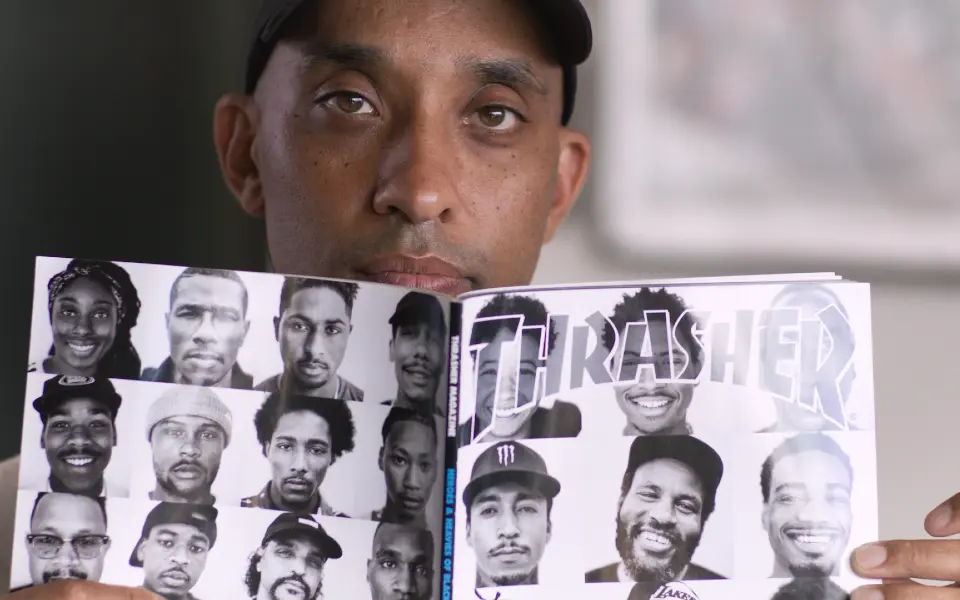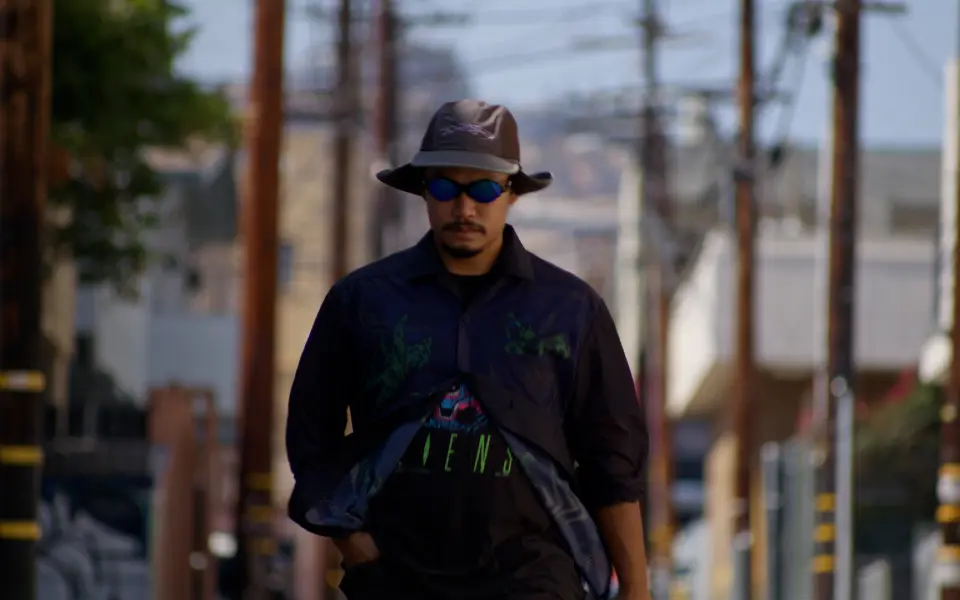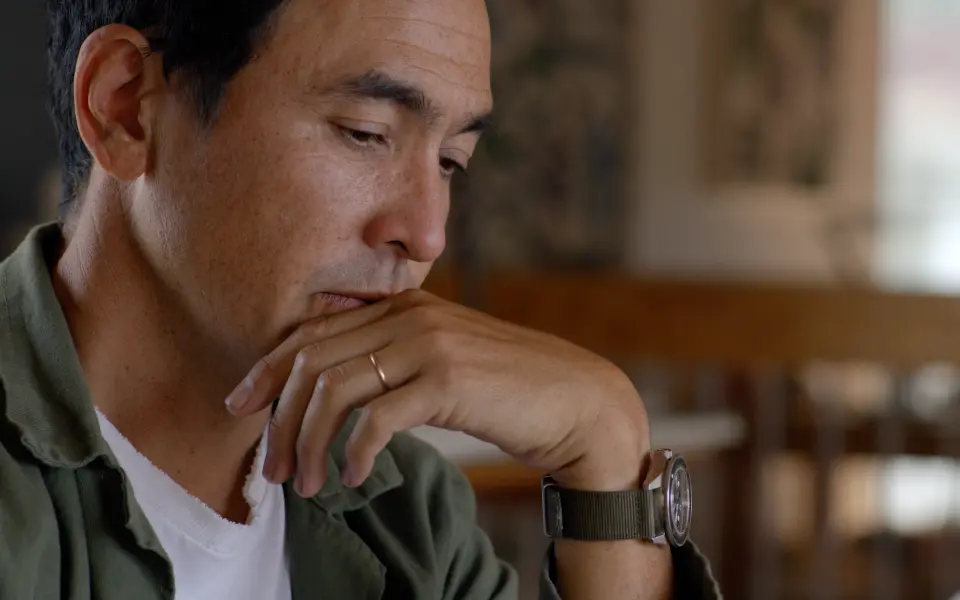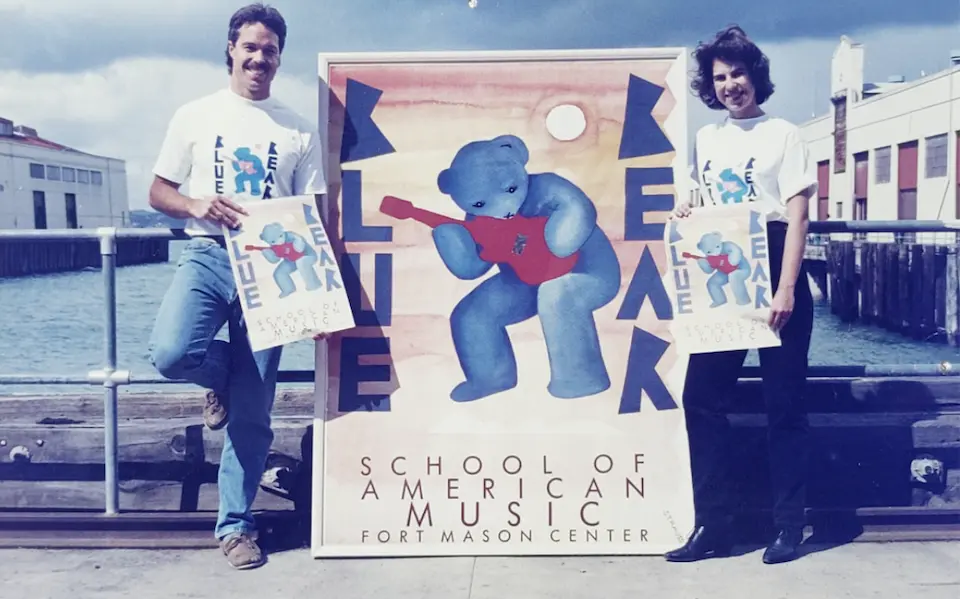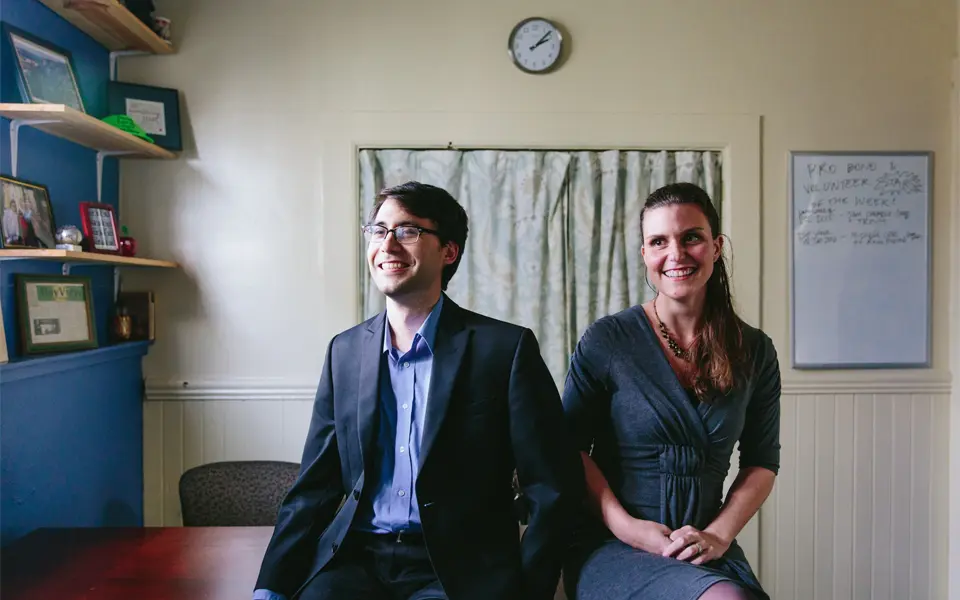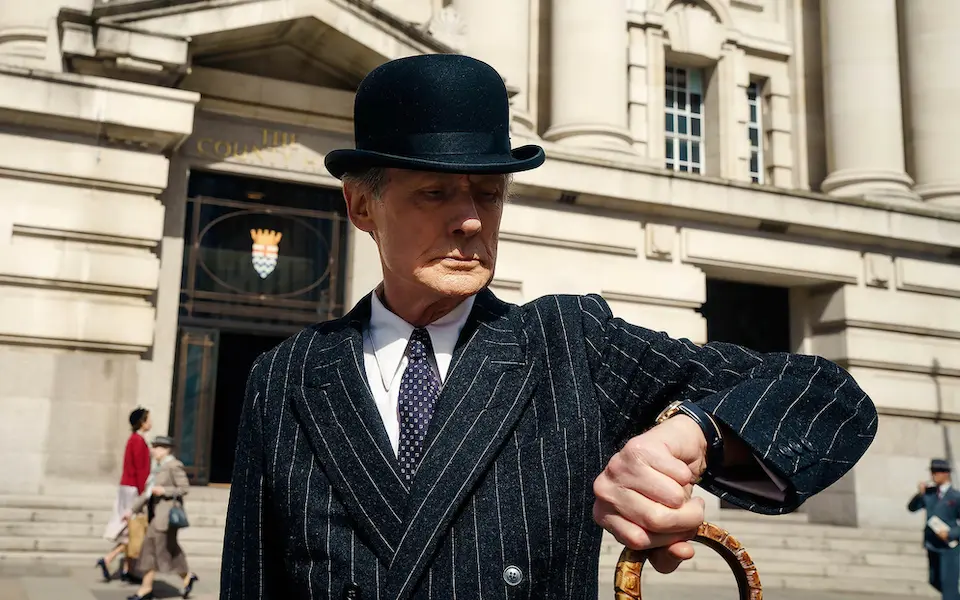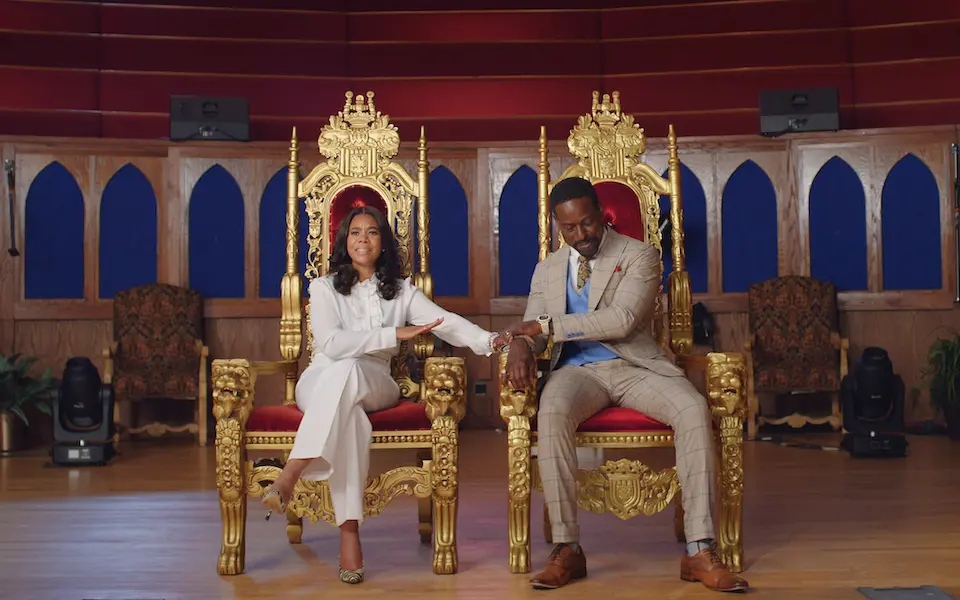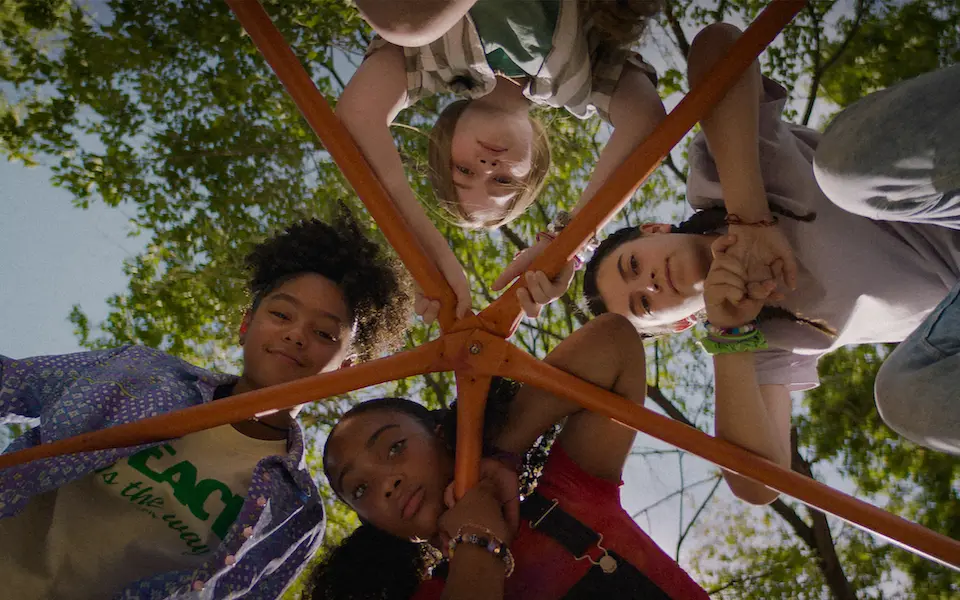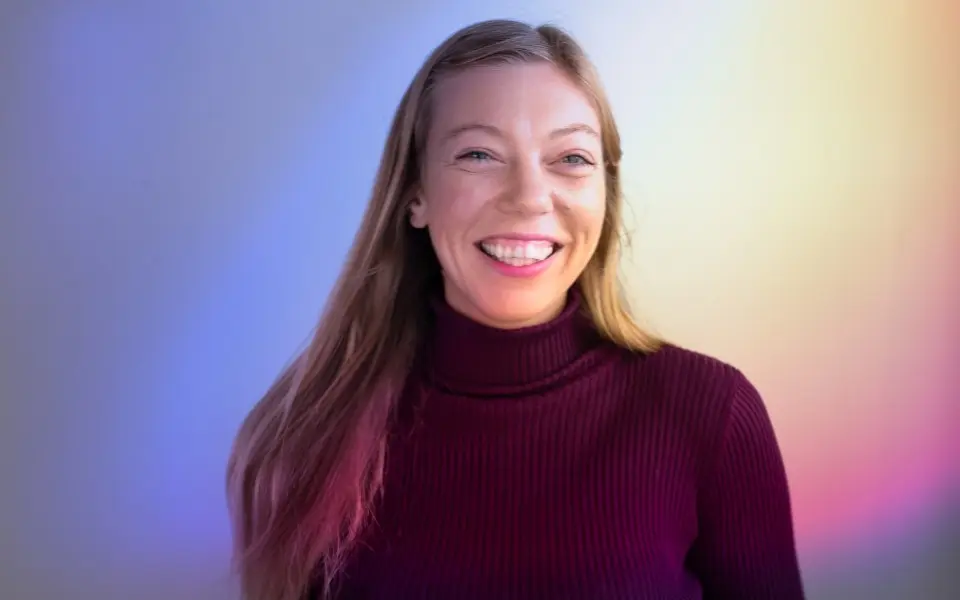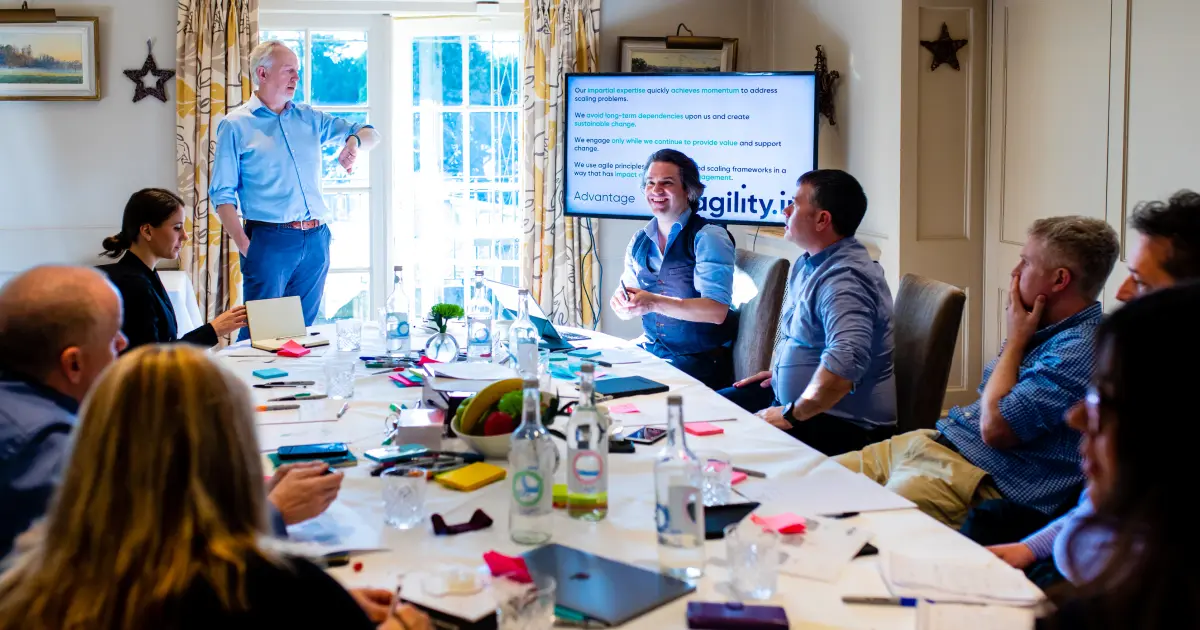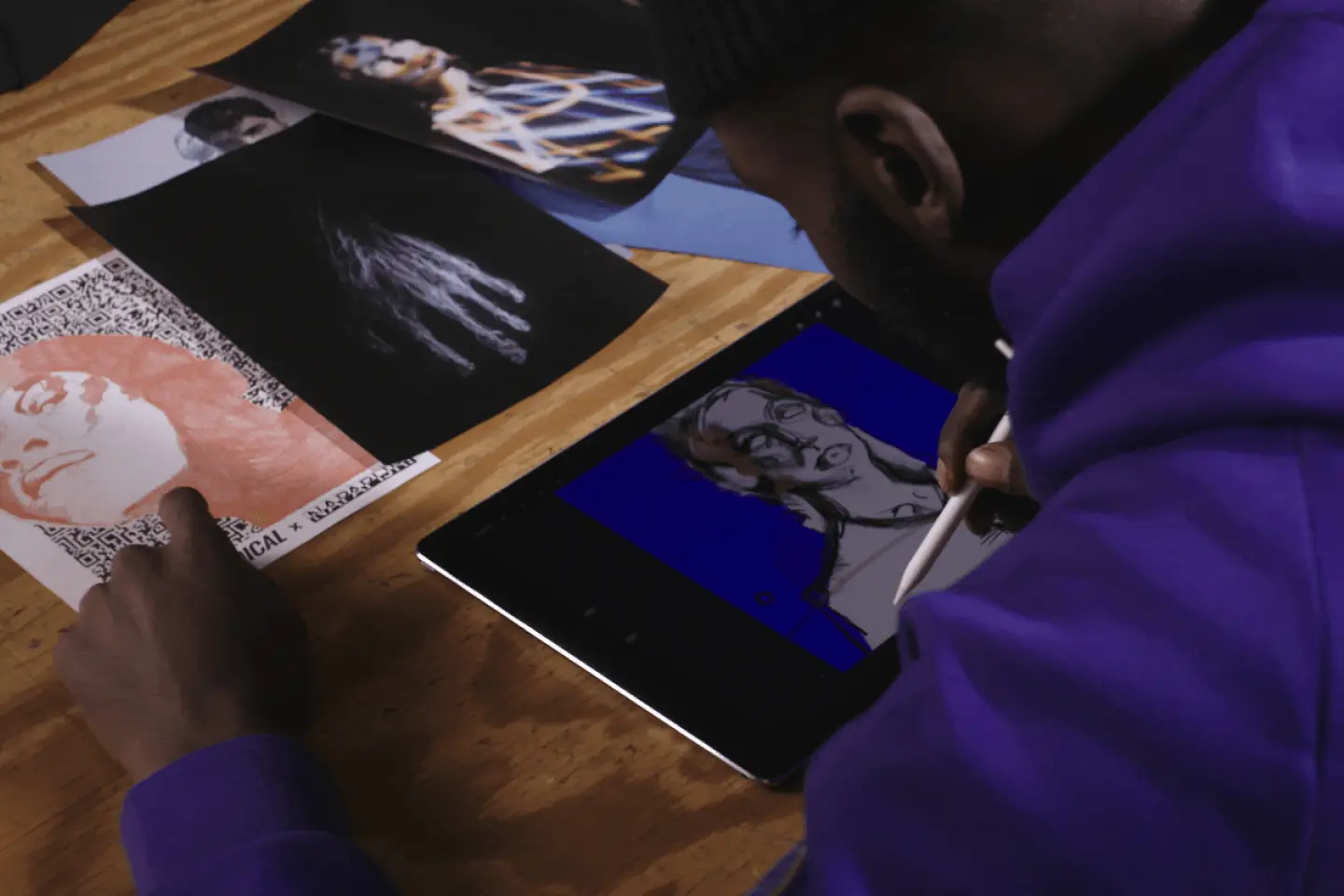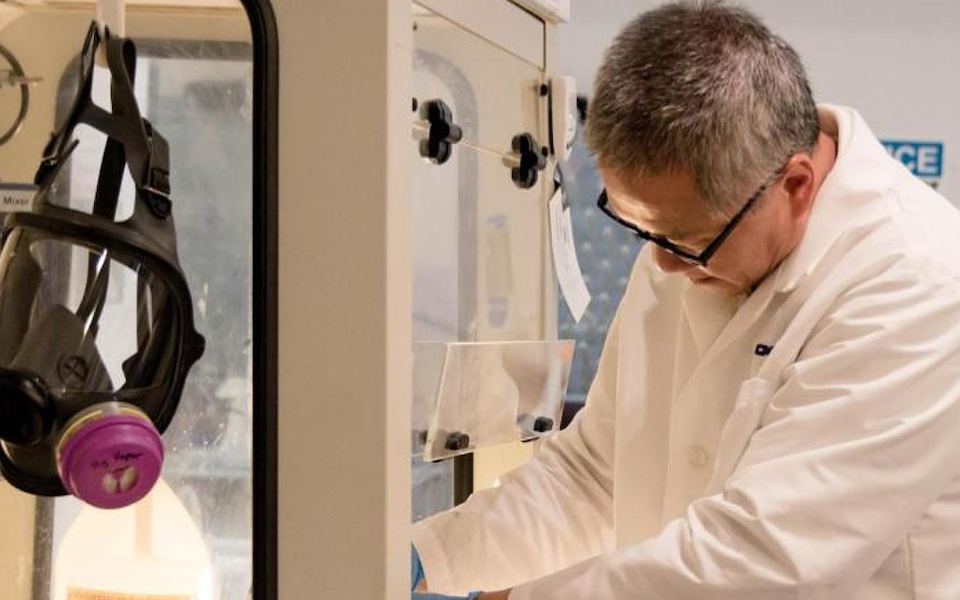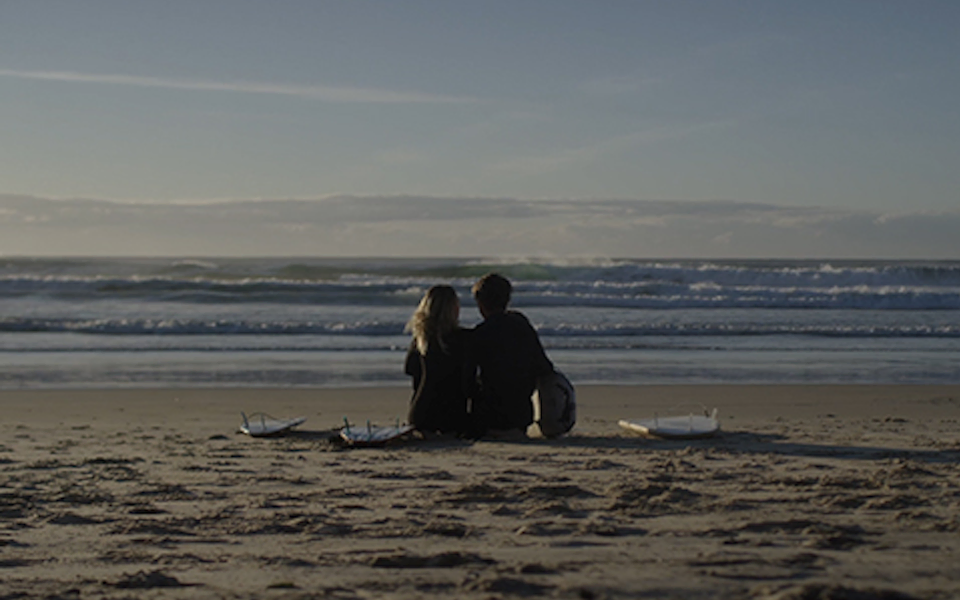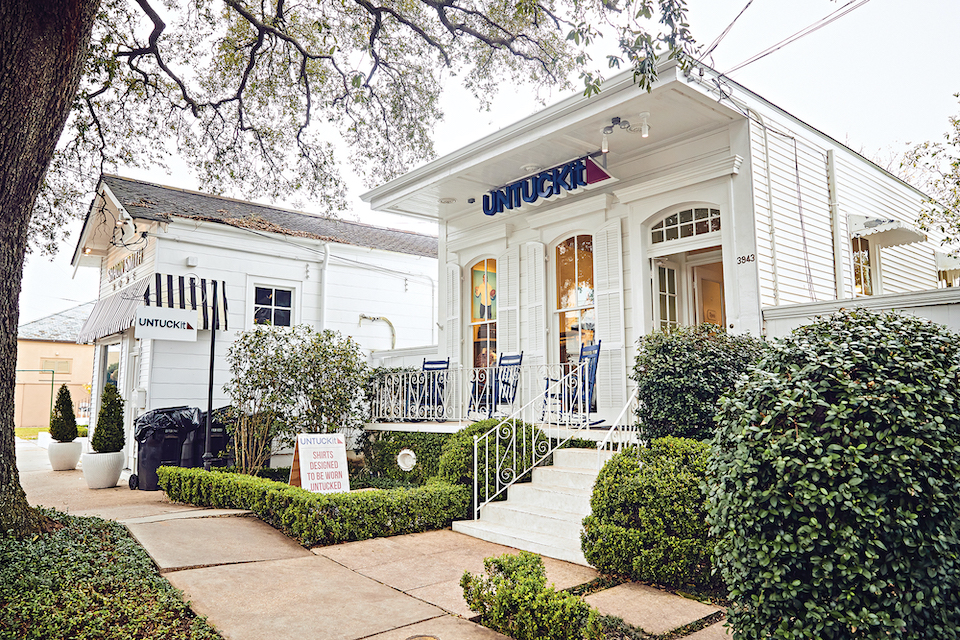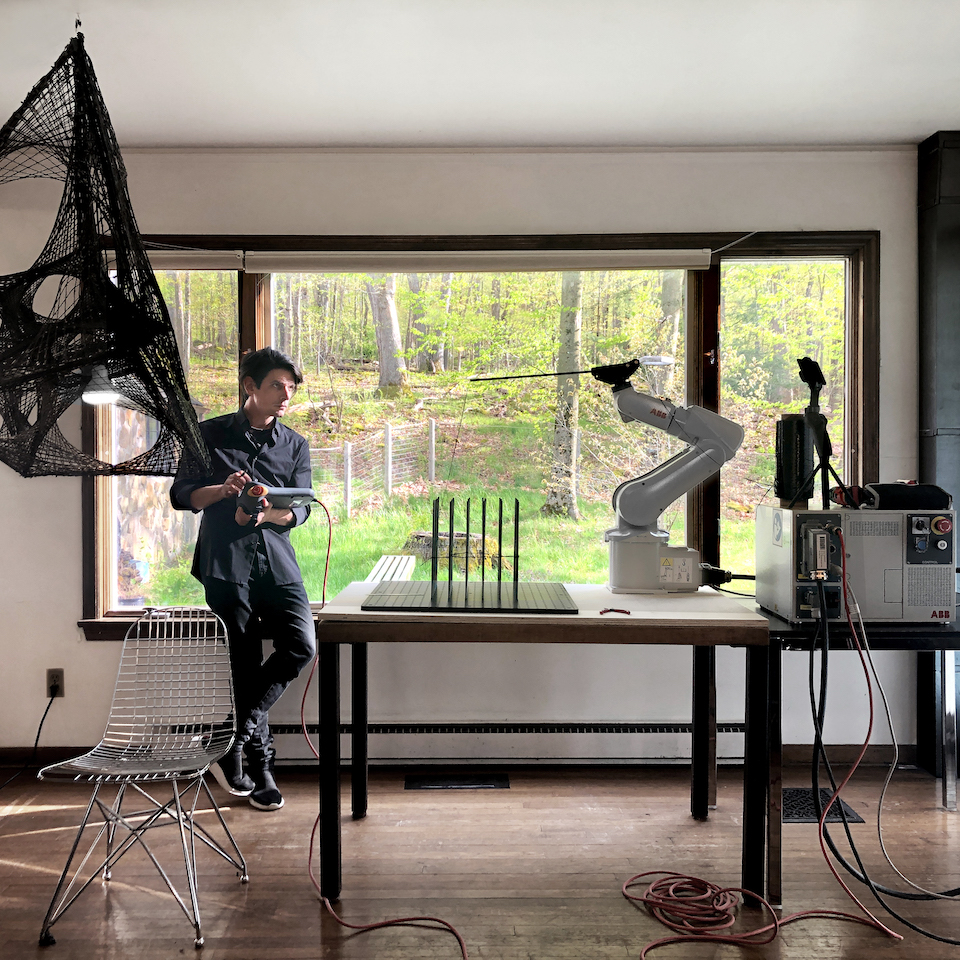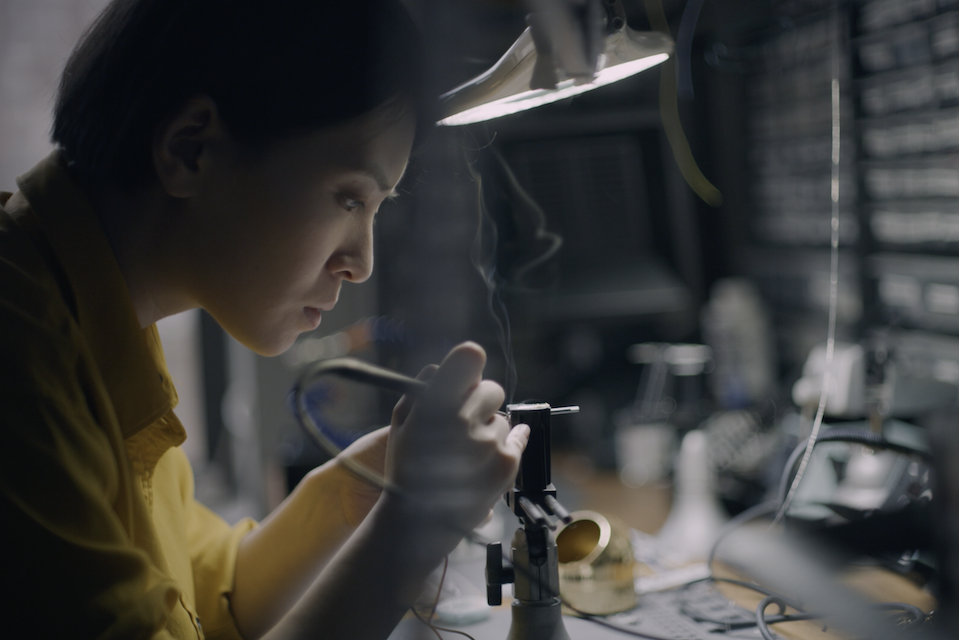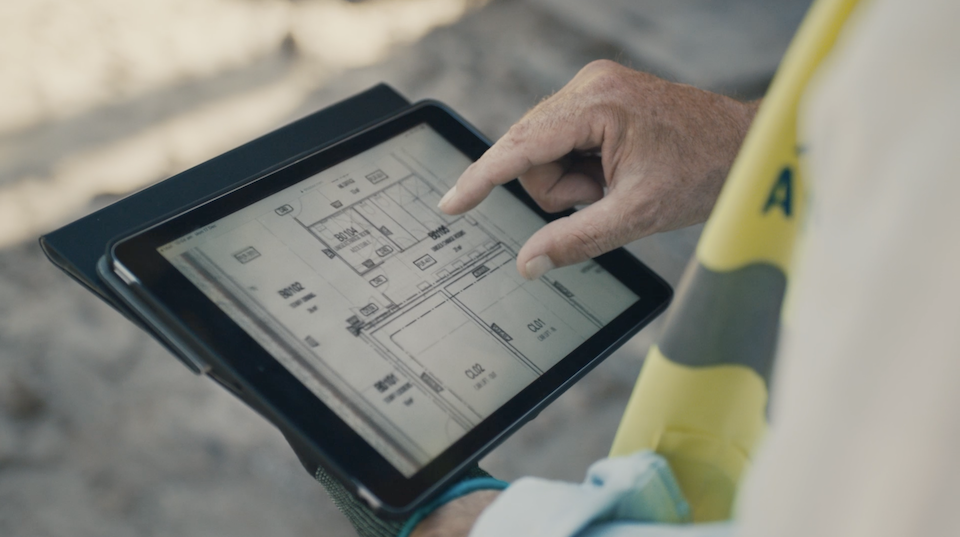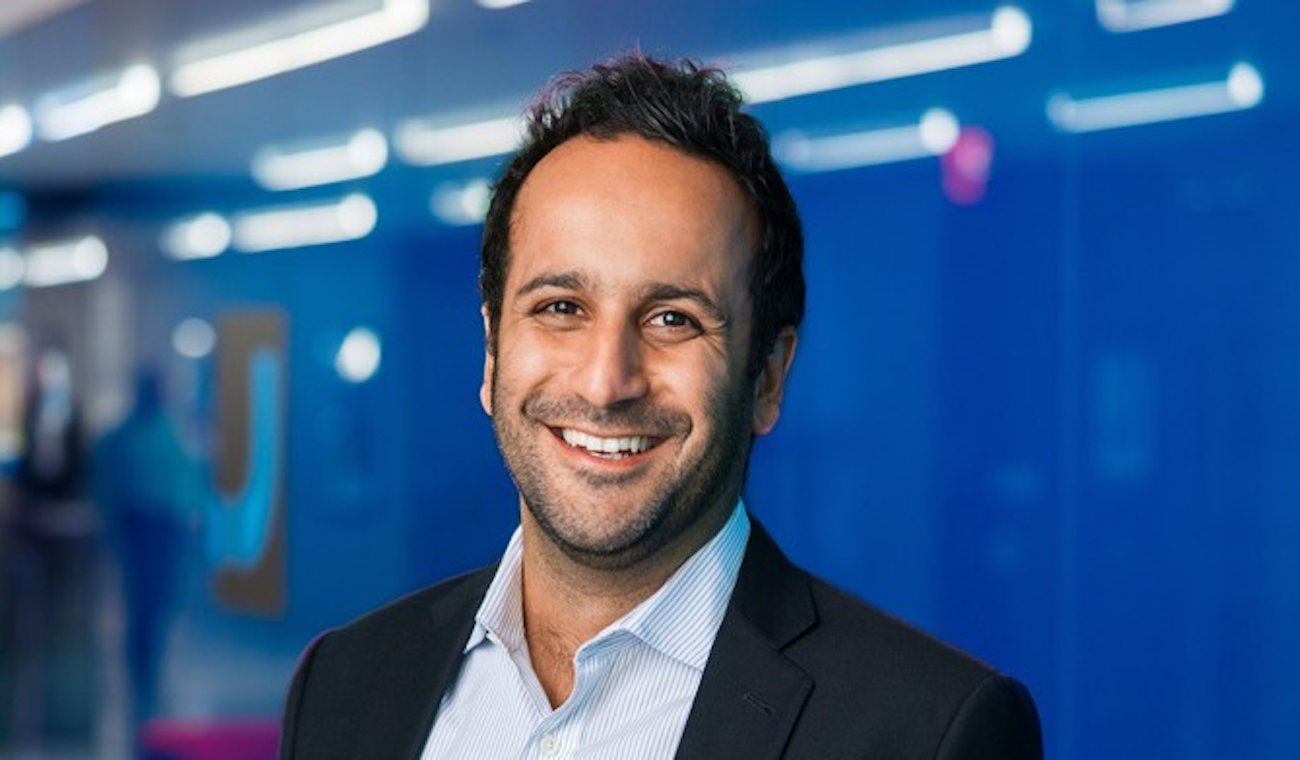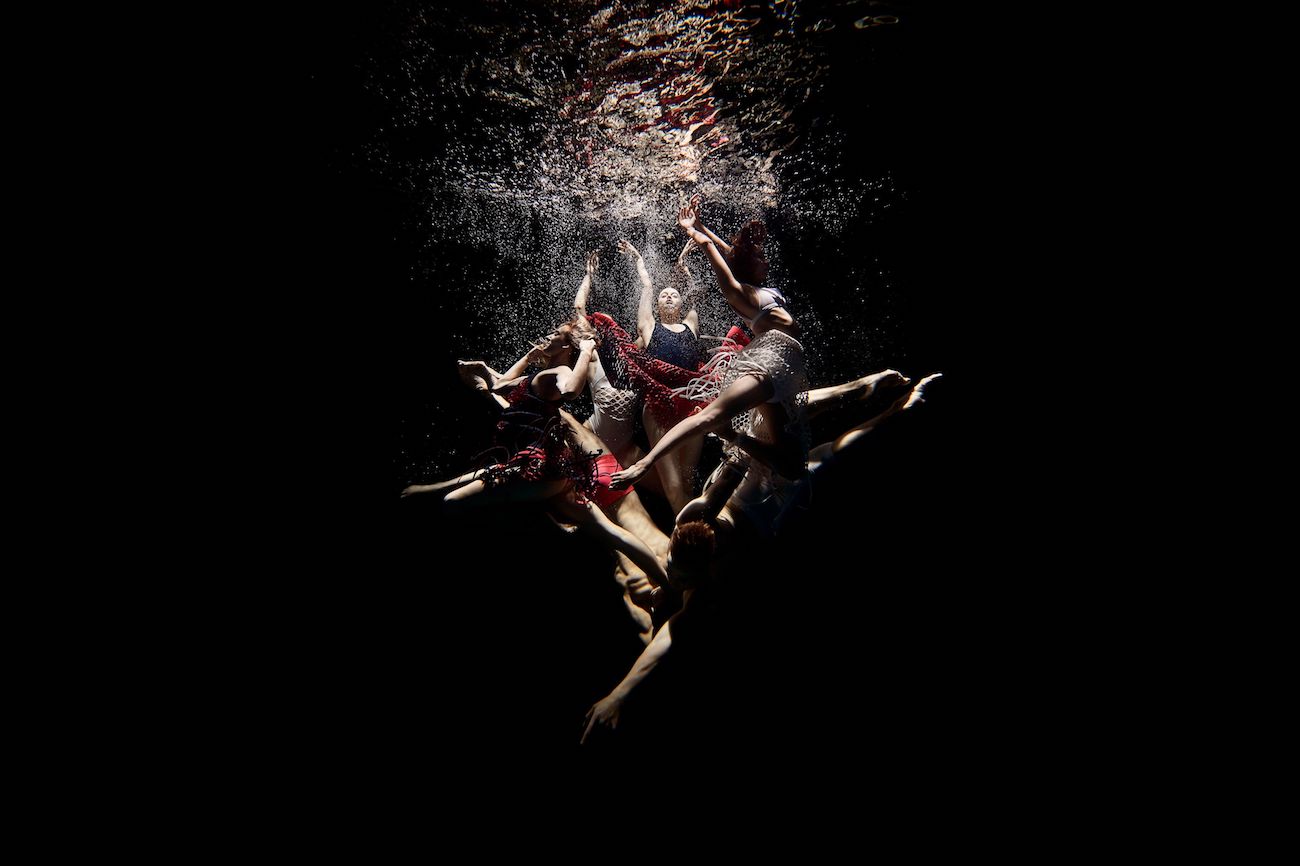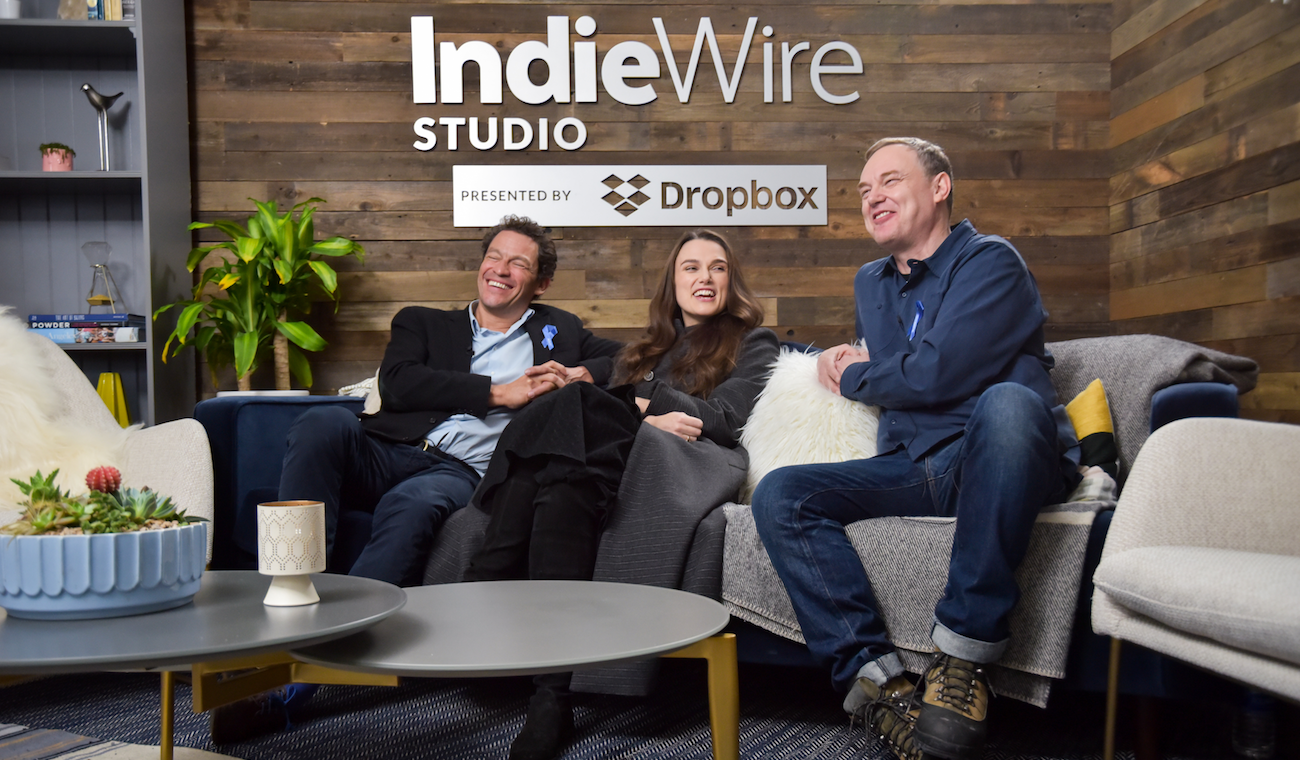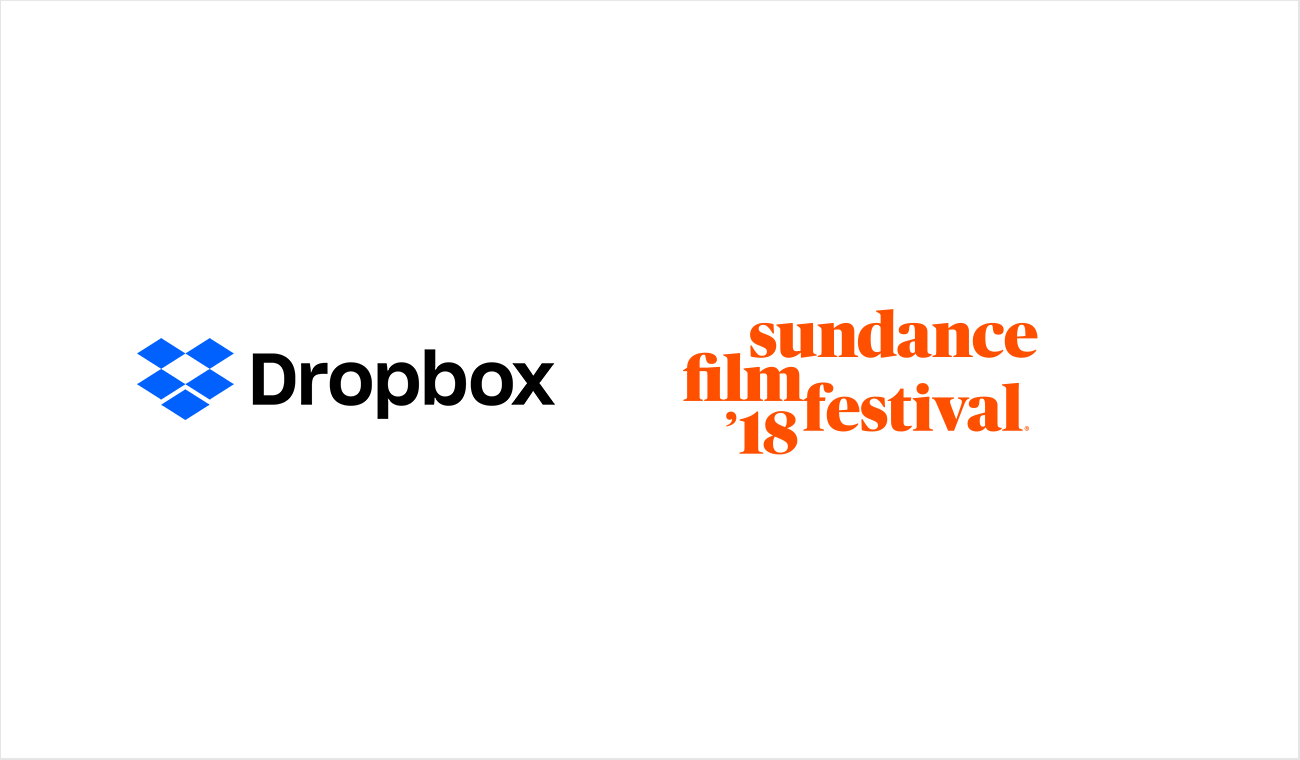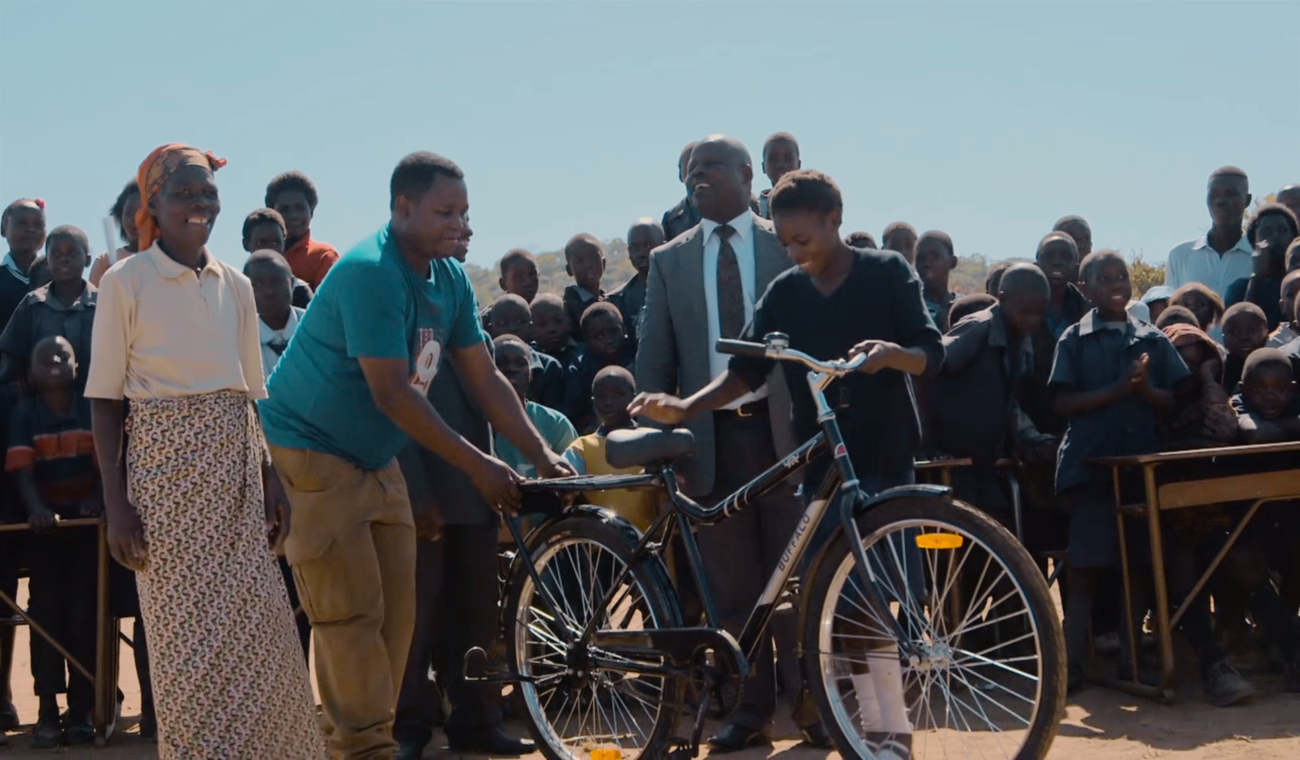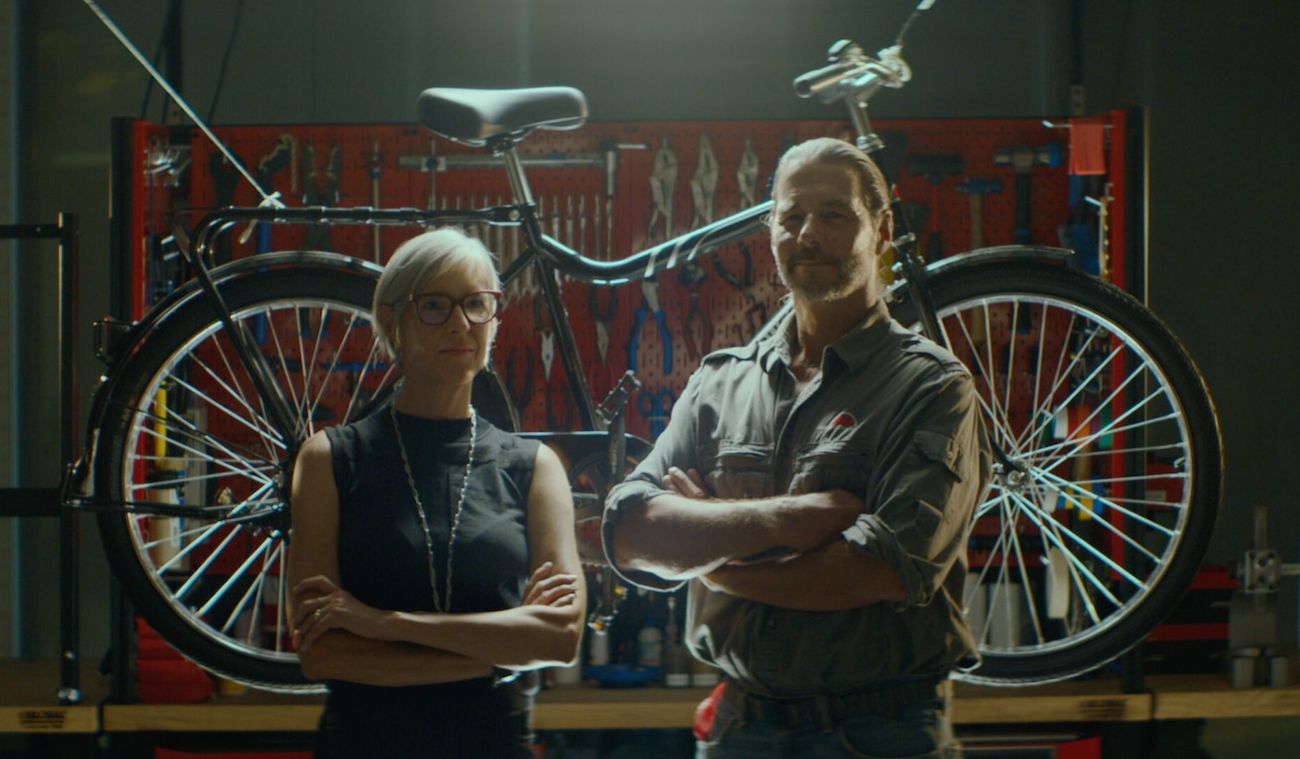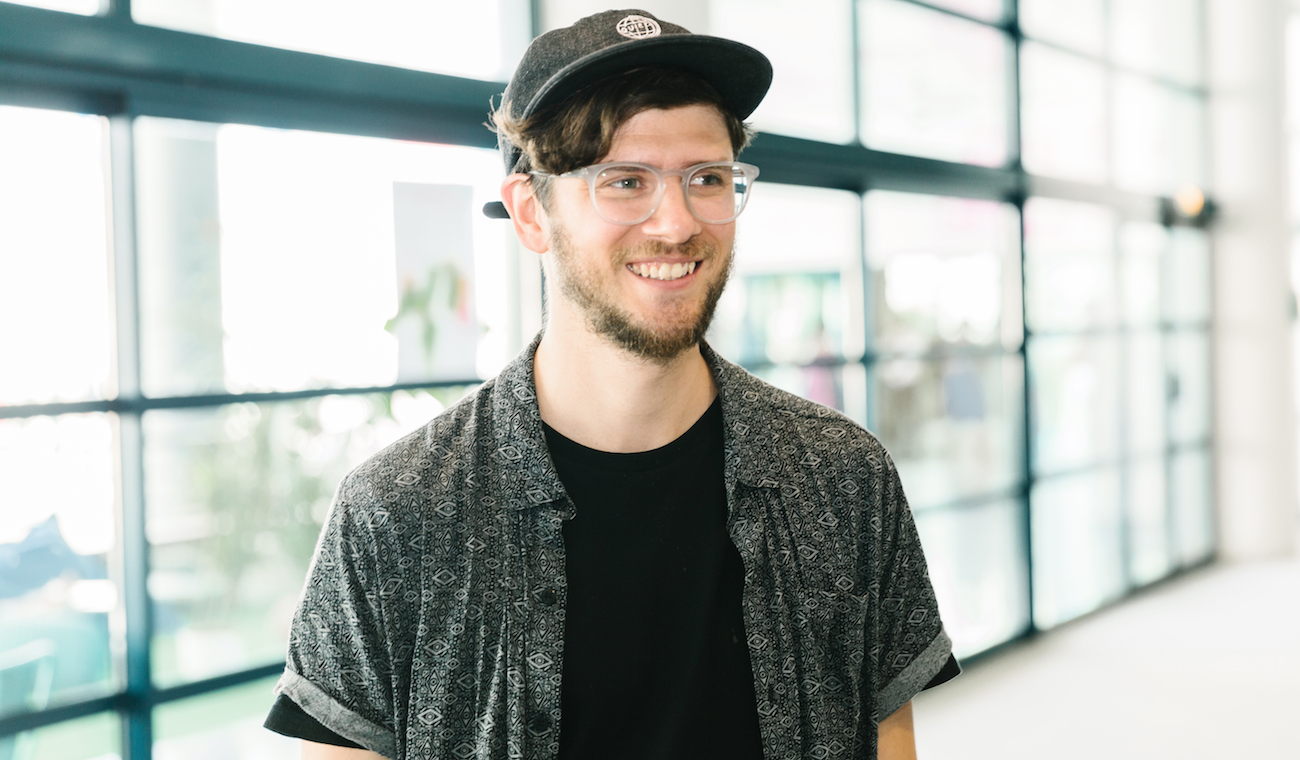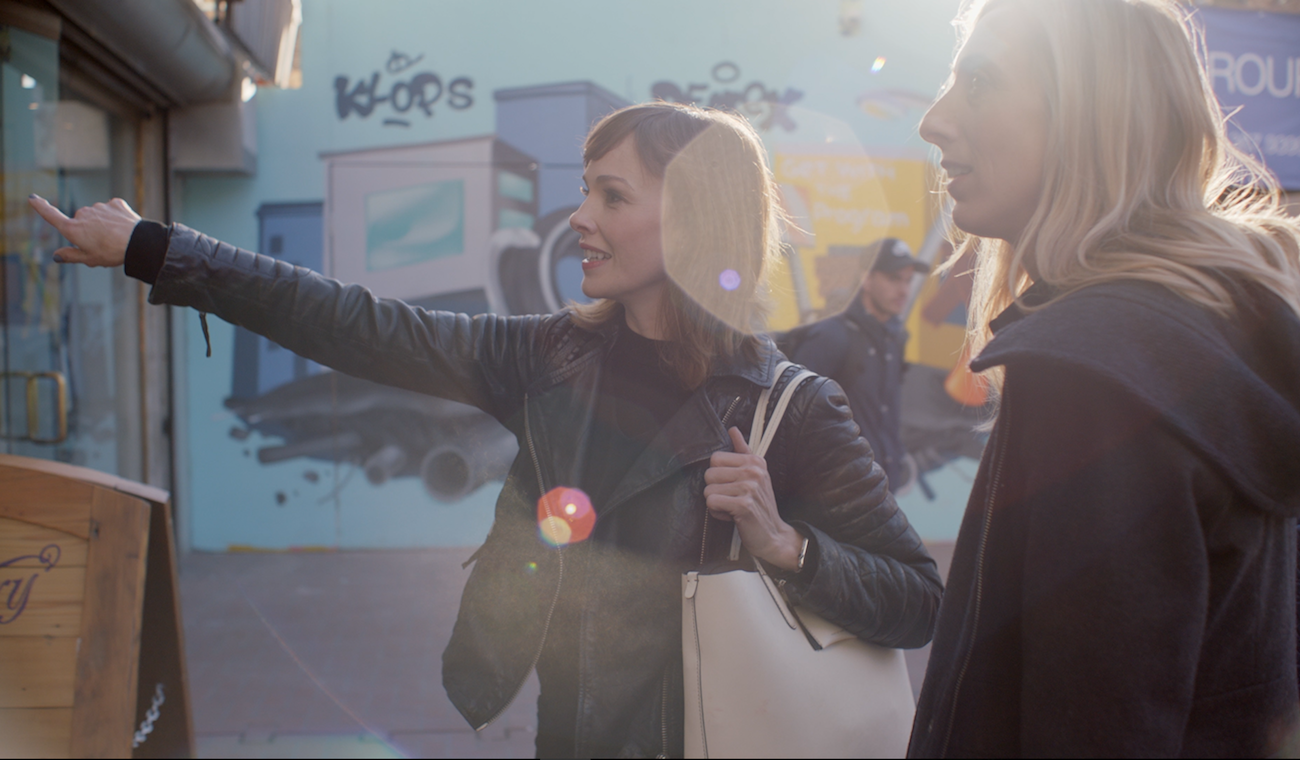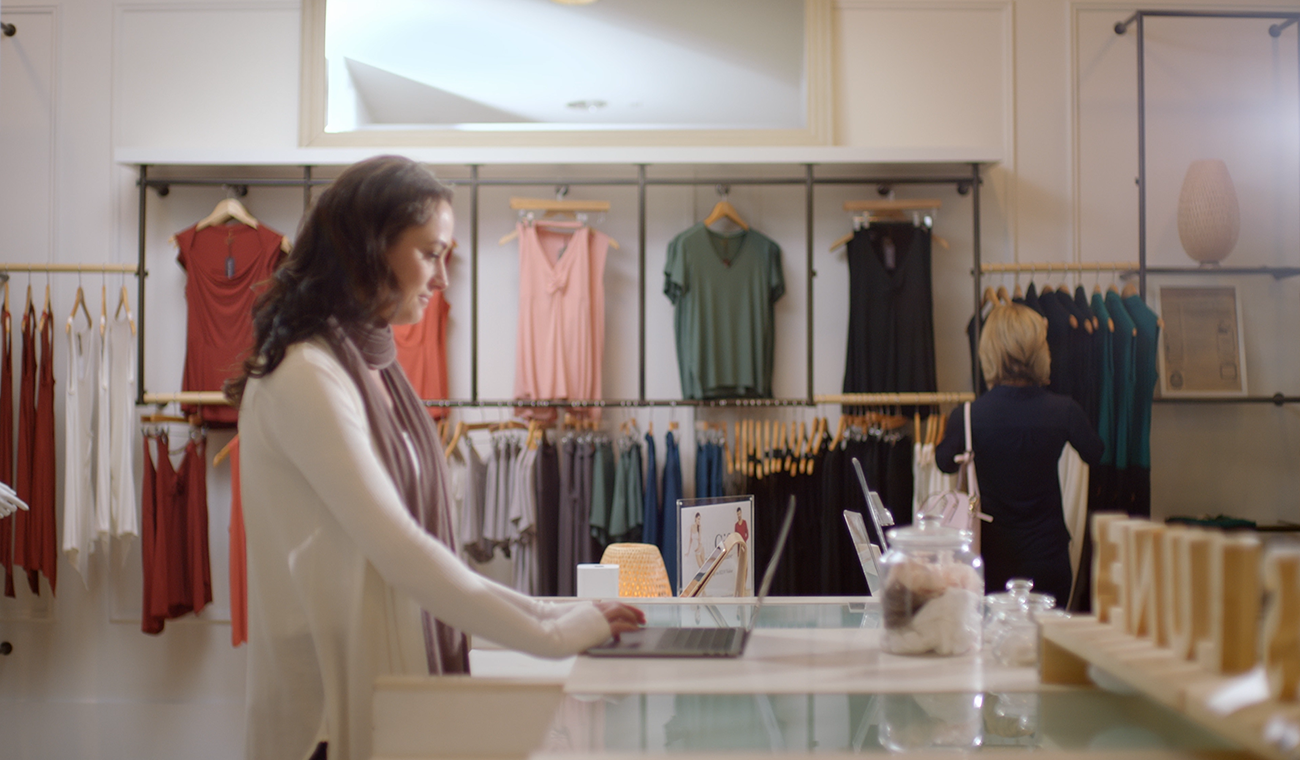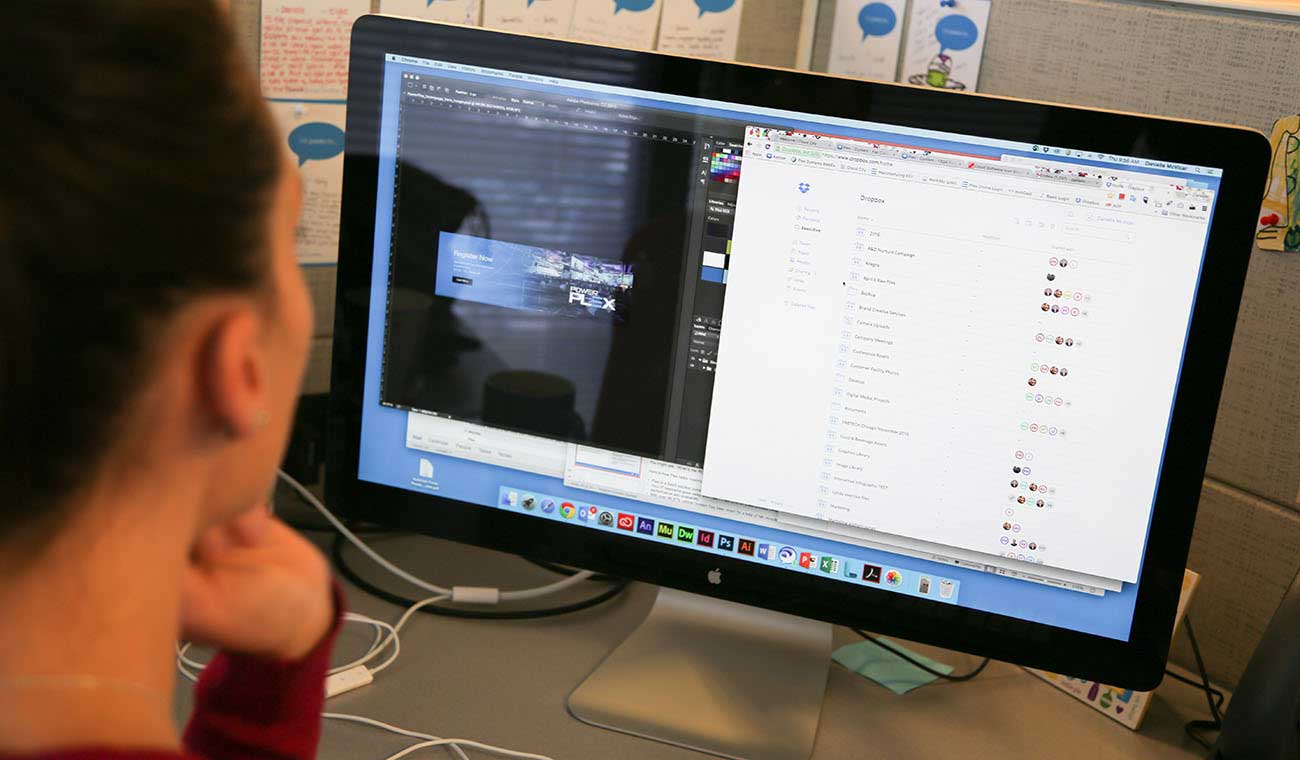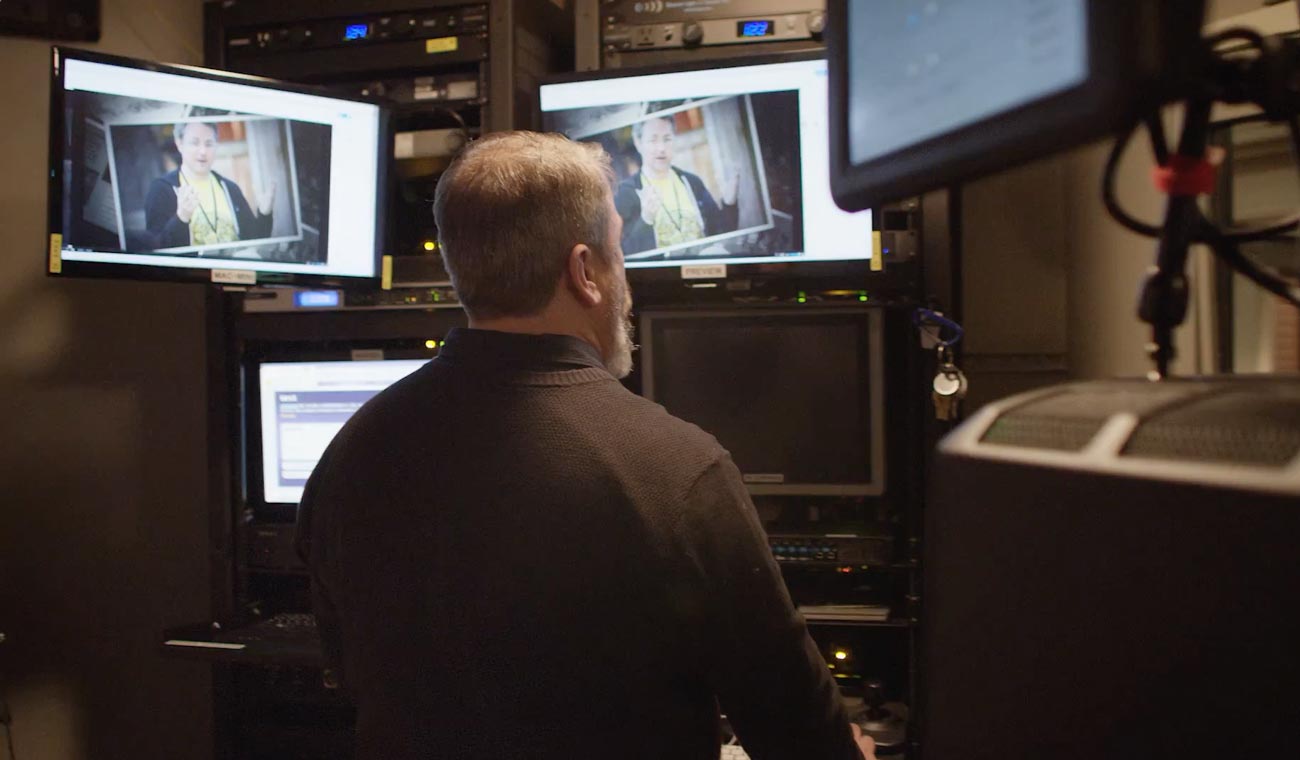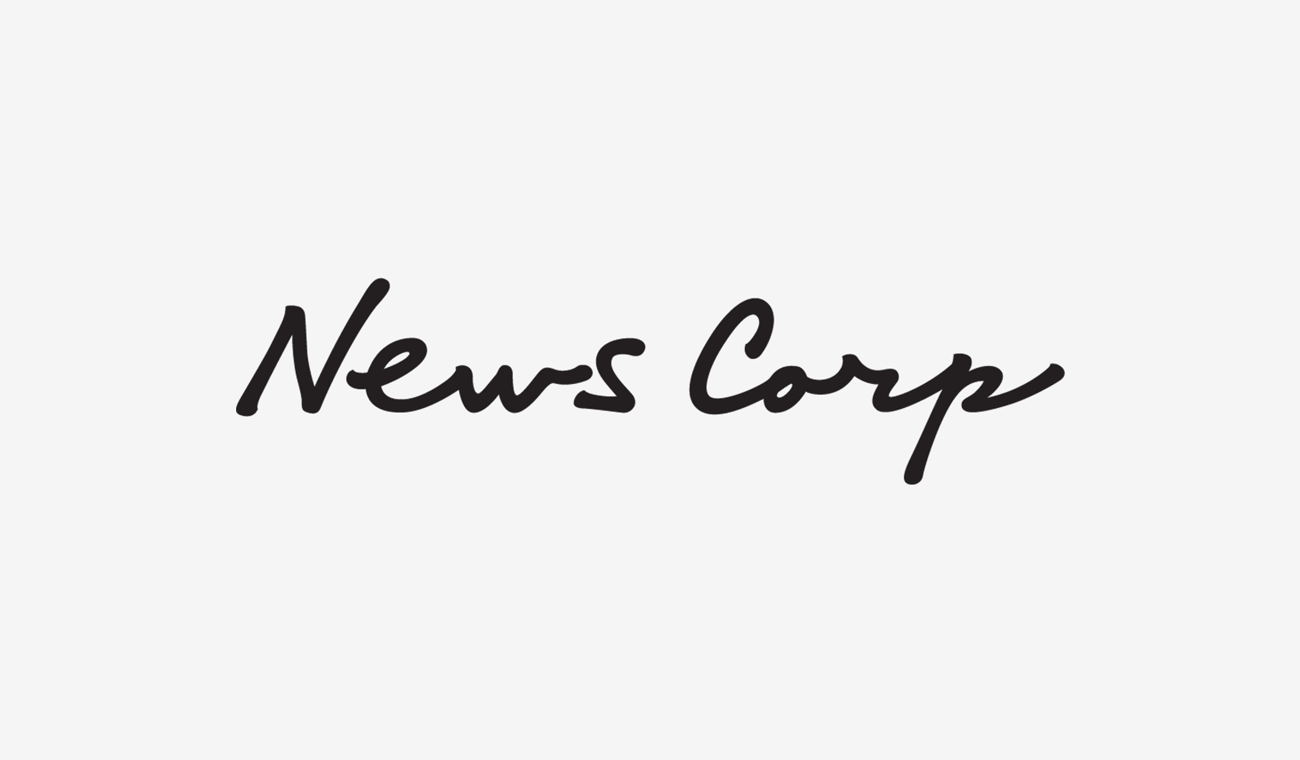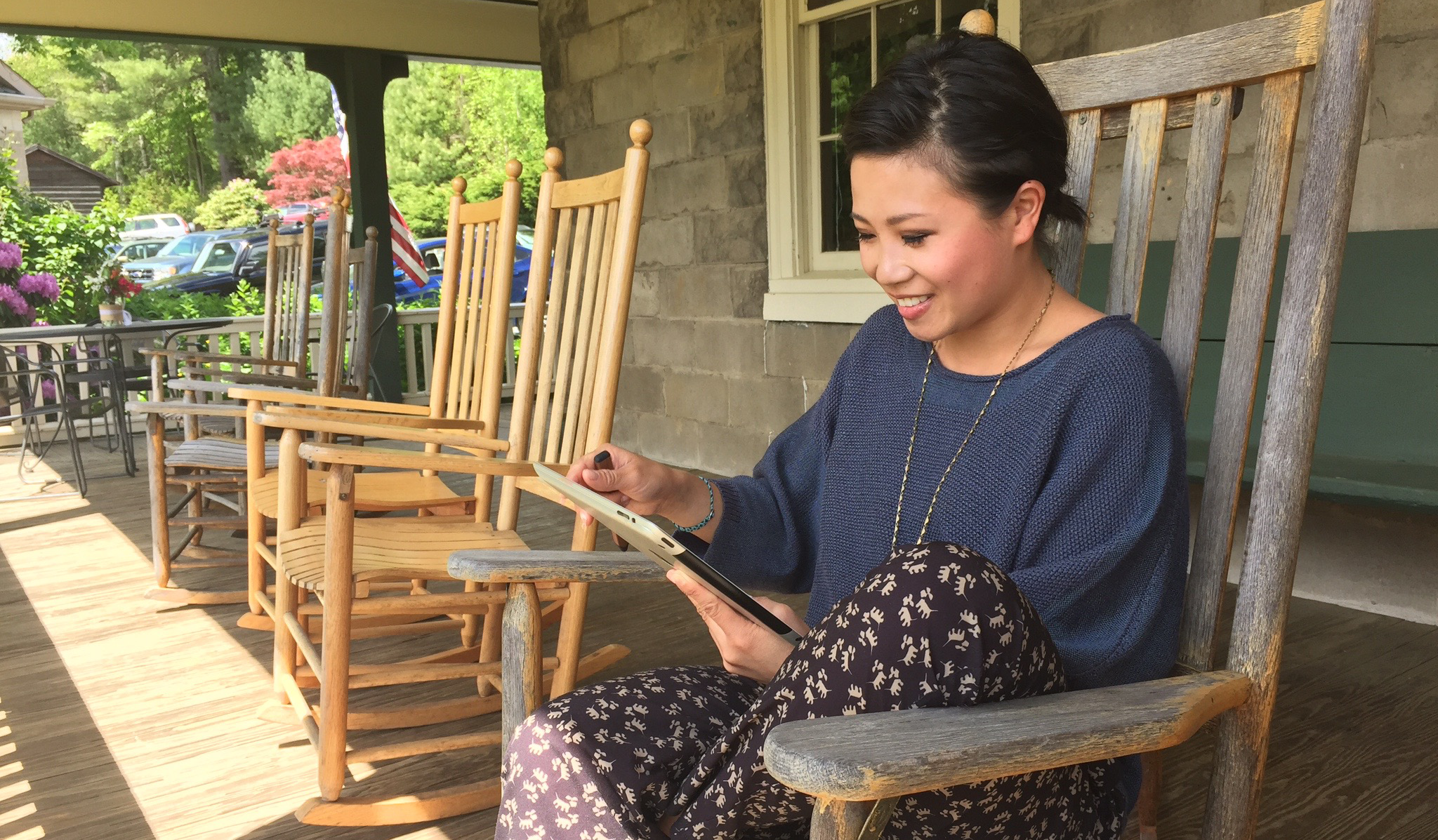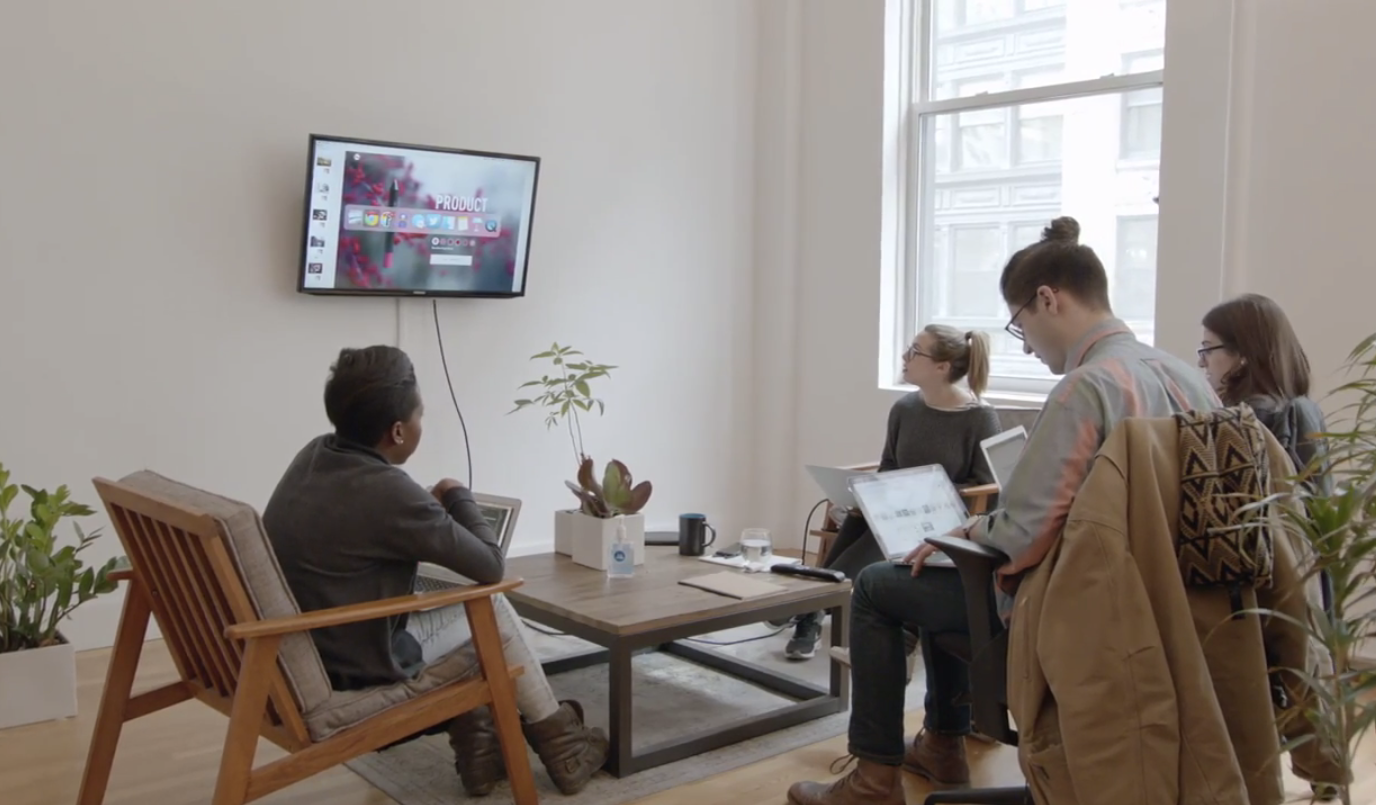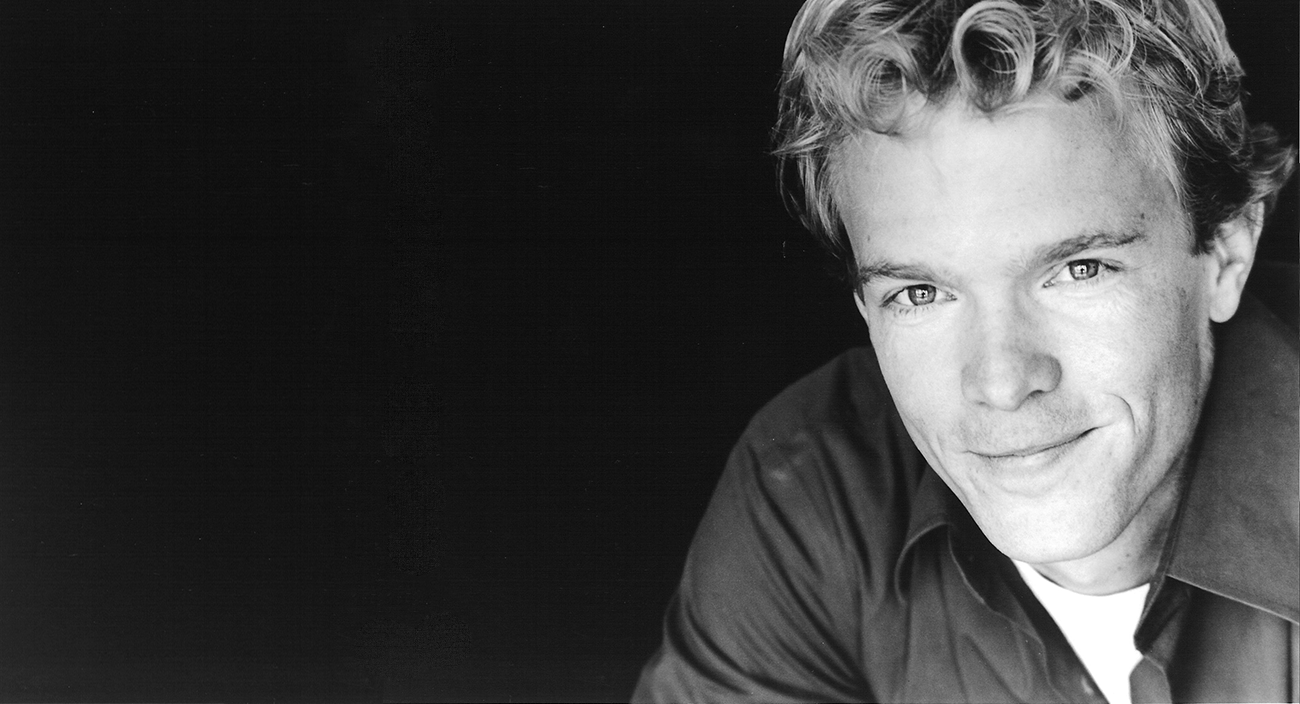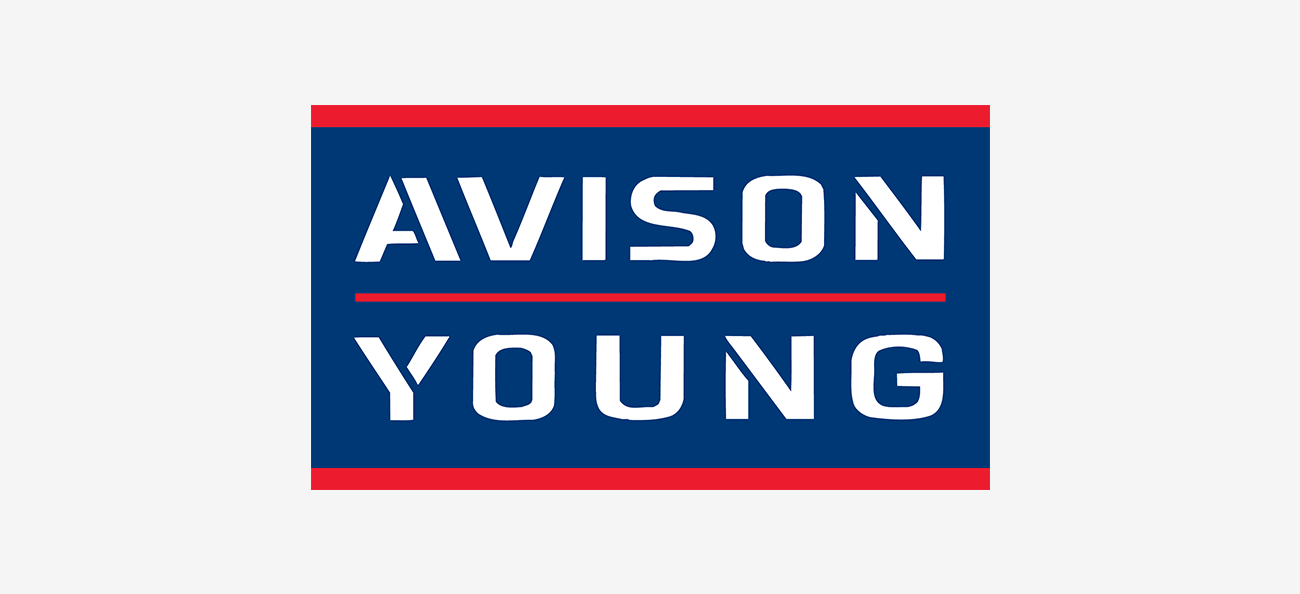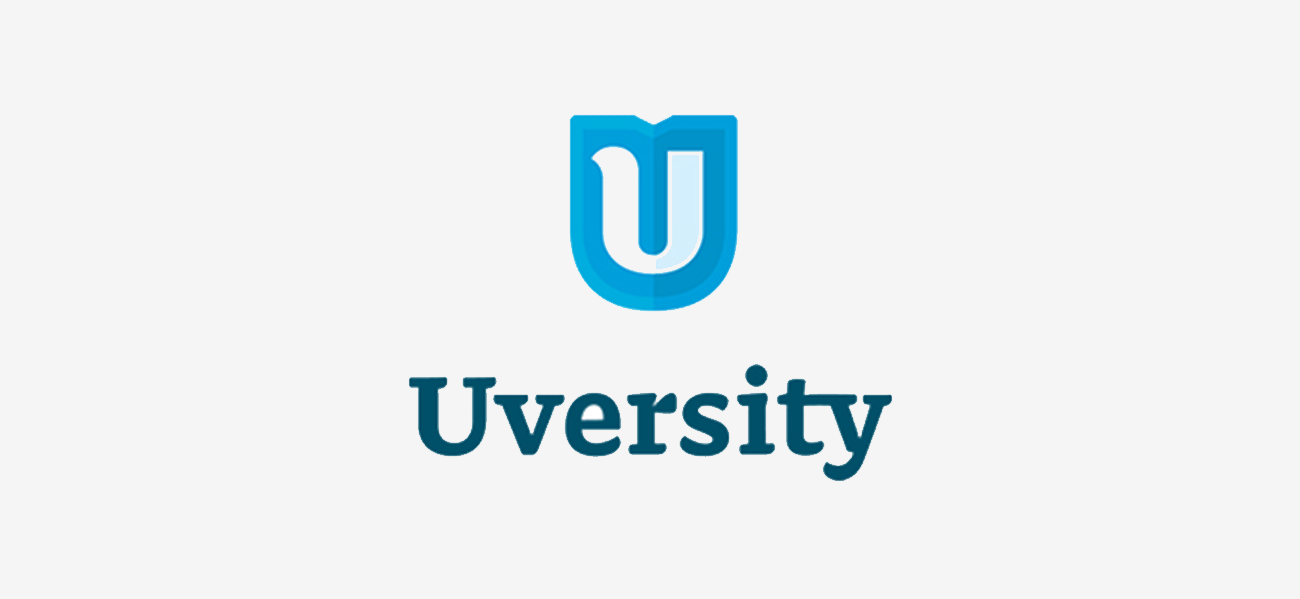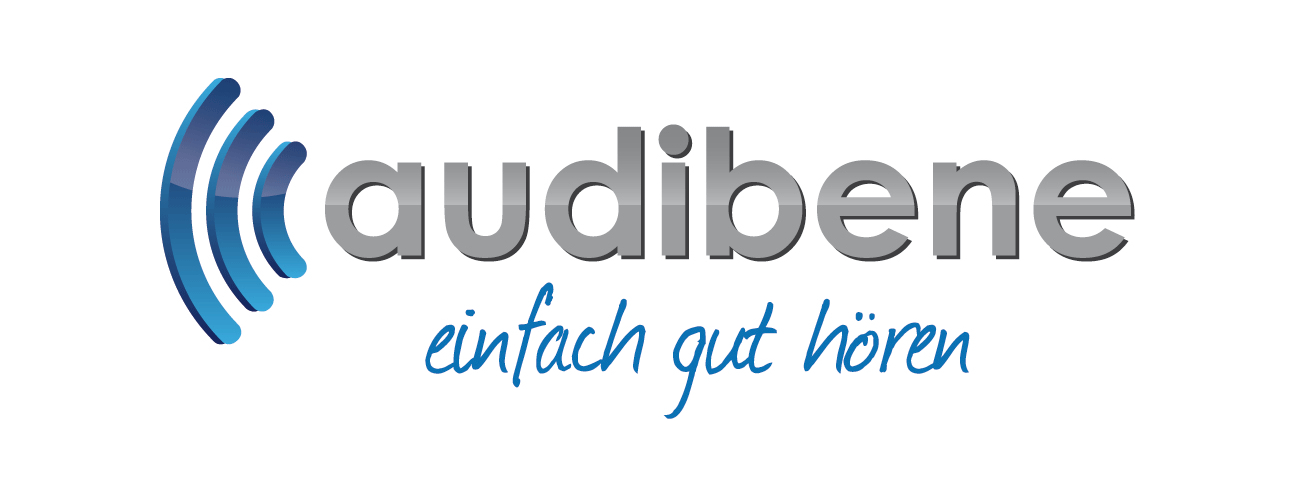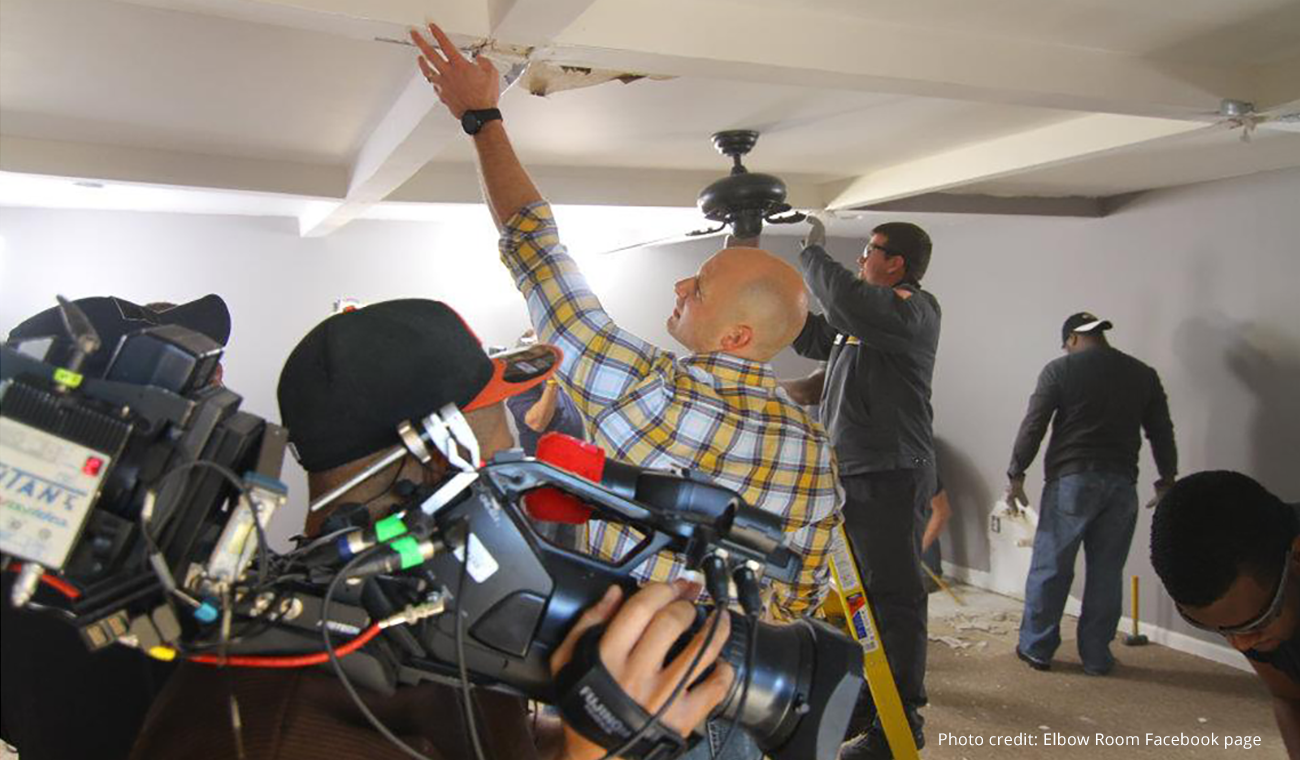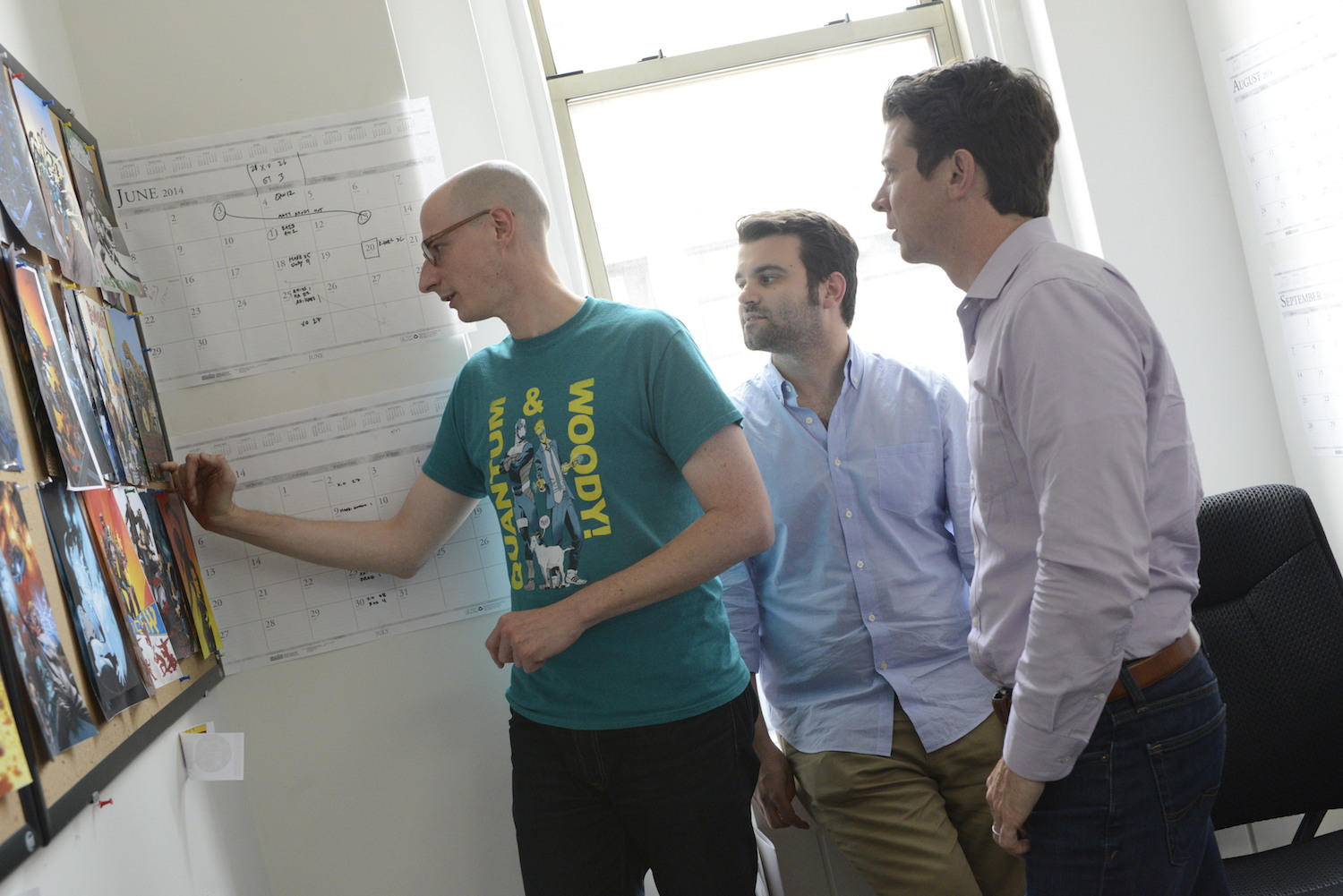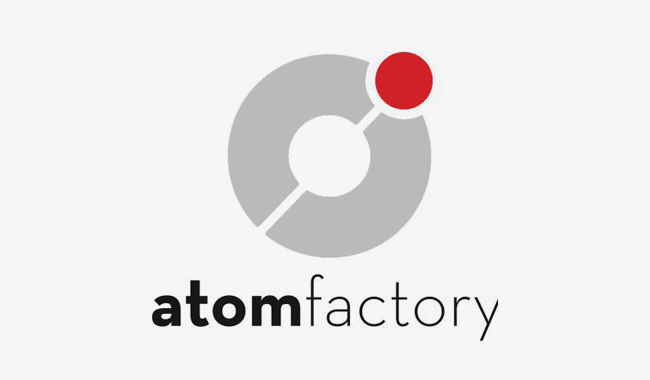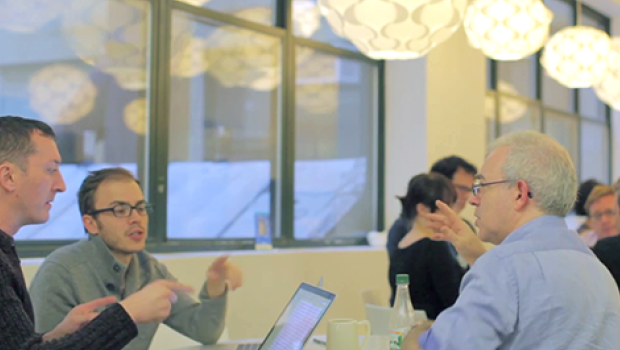
How one woman created a dream career without sacrificing her passions
Published on March 31, 2023
Choreography or consulting? This multihyphenate creative uses Dropbox and Dropbox Sign to create a career where she doesn’t have to choose.
Katherine Hill has made it to the other side of an ideological battle, a bit bruised but not broken. It’s a fight creatives have been waging internally forever: In one corner weighing in with immense talent and even bigger financial woes, we have Follow Your Passion. And in the other corner, wearing trunks made of W2s and discarded dreams, there’s Get a “Real” Job.
For years, Hill played referee as her lifelong love of dancing, figure skating, and choreography duked it out with her interest in business, her post-college job as a consultant in Chicago, and society’s limited imagination.
“If you’re into business, you’re a finance guy,” she says, recalling the not-so-nuanced messaging she was picking up from those around her. “And he’s typically not going to show up to ballroom dance class. So I would go into these two realms: I was either hired for my analytical prowess or my creative ideas.”
Hill decided to split herself in two: At parties, depending on who was asking, she was either a choreographer for figure skaters or a consultant at one of the top consulting agencies in the world. Sure, she felt a little antsy when she was at her desk and in meetings, but, she remembers thinking, “this is what I should be doing.”
Hill wouldn’t be able to keep the two separated for very longe: In 2014, she was given an opportunity of a lifetime: the chance to work with Olympic hopefuls at the U.S. Olympic Training Site in Colorado Springs, Colorado.
“My project manager said, ‘Okay, when do you need to let them know whether you’re coming or not?’” Hill recalls. “And I was like, ‘No, you don’t understand. This is the dream.’”
"I knew I had enough potential work and opportunities in the pipeline, [because] I had invested the time into building my business and craft..."
Her job gave her a six-month leave of absence to see if the opportunity was all that she had imagined it to be. It was: When those six months were up, she let them know she wouldn’t be coming back.
While it would seem like Follow Your Passion won by TKO, now, nearly 10 years (and one identity crisis) later, Hill understands something she wants more creatives and solopreneurs to know: You don’t have to choose. You can do both—and then some.
These days she’s a sought-after choreographer for elite figure skaters, Olympians, and entertainment companies like Cirque du Soleil. (Details are still hush hush for her latest project, but she just wrapped on a film with a star-studded cast.) Hill and her husband Olympian Ben Agosto work with athletes, performers, and coaches around the world. They use Dropbox and Dropbox Sign to support their work, going back and forth with collaborators until the dance is ready for the main stage.
In addition to choreographing, Hill works as an experiential learning designer and creative consultant: She uses improv and dance theater to help businesses solve their org’s challenges. And she recently launched a new business with her husband: Goe Spray, a line of sprays that defunkifies hard-to-clean sporting equipment like figure skates.
Hill is the proof she wished she had seen back in college when she was rushing from dance classes to consulting interviews, running late to or completely missing one for the other. So how did she go from feeling like she had to choose one over the other to where she is now, comfortable and thriving in the in between?
Needing to see it to believe it
To understand, we have to roll back the tape a bit on Hill’s life. Not so far back that you can see her as a toddler dancing to Natalie Cole tapes in her family’s living room, but back to when she was first becoming a highly lauded competitive figure skater. Even when Hill wasn’t sure what her career would be, she always treated choreography as a business, not a hobby.
After much encouragement from her coaches, she started choreographing routines and landed her first paid gig when she was 15. When it came time to pick a college, “I chose Northwestern because I already knew I would have clientele in the Chicago area and I knew there were ice rinks everywhere,” Hill says. Choreography became a side hustle during her consulting days, with Hill working with clients of all ages to choreograph after a long day at the office.
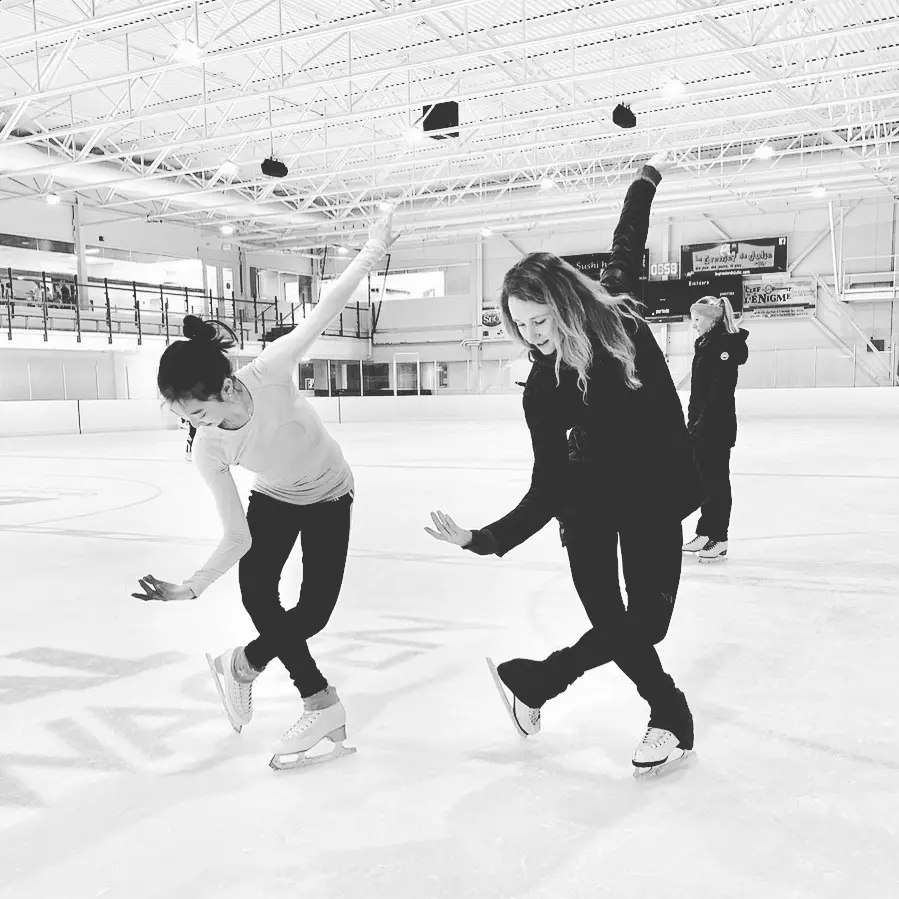
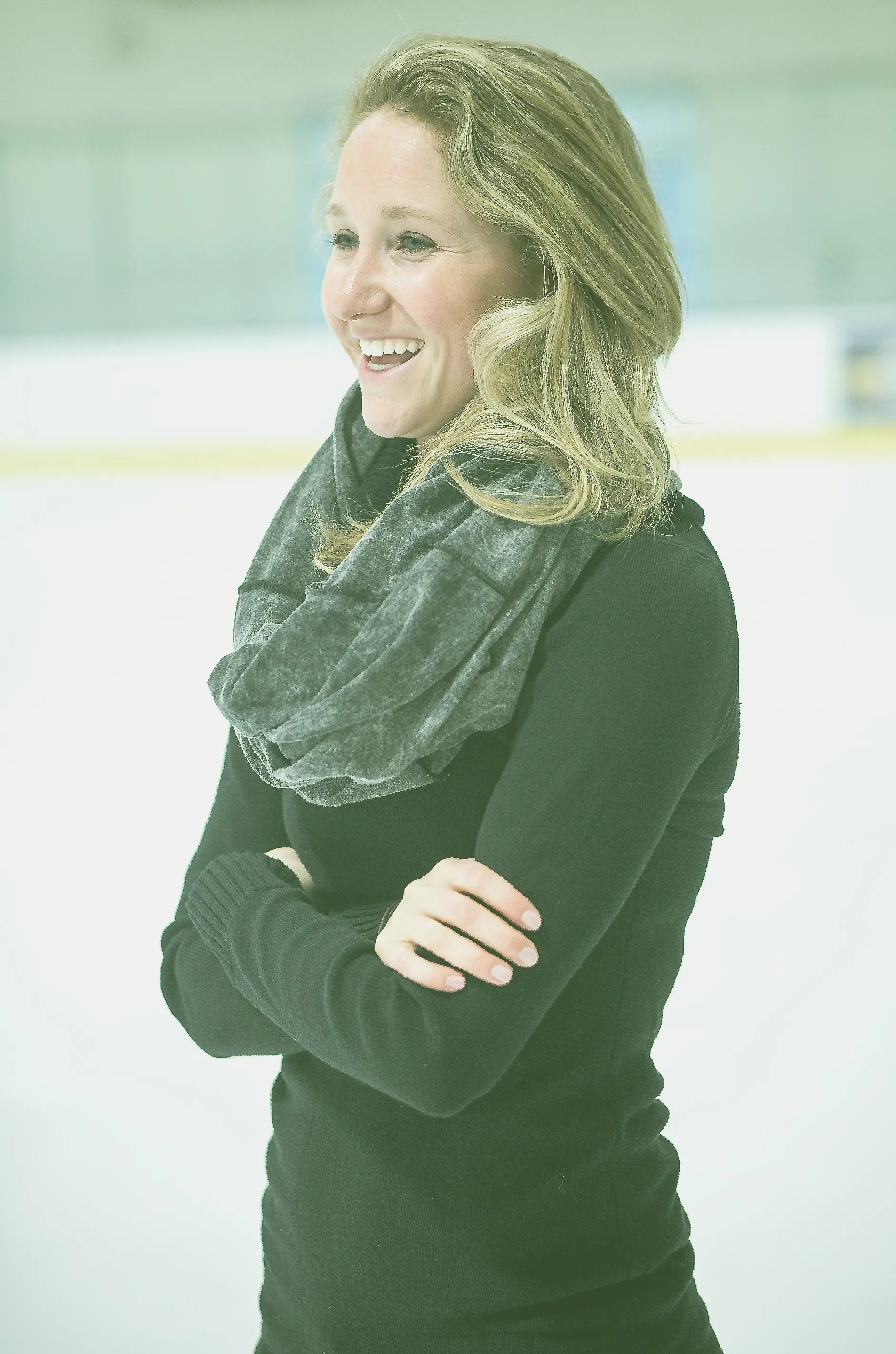
So when she got the call at 25 to help train Olympians, it was a dream come true that didn’t require a stretch of the imagination. Becoming a full-time choreographer did, however, require a leap of faith.
“I knew I had enough potential work and opportunities in the pipeline, [because] I had invested the time into building my business and craft over many years,” she explains now. “By the time I left my steady job, I had built my business to a sustainable level. Now, ‘sustainable’ is relative to each person. I rented a room from my older brother for a low price, stayed with friends while on the road for work projects, etcetera.”
In order to continue building out her business, Hill knew she needed to find a place to store her past work and future creations.
“Dance and choreography is kind of a weird product to have for a business. It took a lot to explain what I do,” Hill says. “In dance, live performances can be lost forever unless you make the effort to record and save the footage. I wanted to be able to look back at my work and have something concrete to show for it.”
Hill wanted to keep her body of work somewhere safe that could also be accessible to future collaborators: video editors to create reels, designers to build props and create costumes, and clients to practice and show their take on routines. Once friends told her about Dropbox, she knew she’d found the right tool for the job.
Up until that point, Hill says, “I just wasn’t finding anything that I felt was super secure, and I felt like Dropbox… I could count on it. I’ve had hard drives crash; I felt most confident with [my life’s work] on Dropbox. Dropbox is the studio where I hold all of my past works of art.”
Using Dropbox had the unexpected side effect of helping Hill feel more confident in her business, too.
“Instead of sending an email with a grainy video, it was like, I use this product for my business. In those very early days, it legitimized it,” Hill says.
The creative is the product
Soon after, Hill found her groove. She partnered with her future husband Ben Agosto on Cirque Du Soleil’s second ice-skating show “Axel,” a hip-hop-and-rock-infused love story. She shaped the movement, style, and skating for Lei, the lead female character and Axel’s love interest.
“While working on the Cirque project, there was this beautiful creative confidence that everyone knew who they were, what they were hired to do, and their expertise,” Hill says. “And because Cirque du Soleil ‘s brand is what it is, you knew that they were the best in the game. You didn’t have to question it.”
"At first, [Dropbox] was just simply keeping these video files. Then over time, it became a collaborative tool."
From there, Hill continued to build a roster of clients, juggling multiple projects at once with different collaborators for each one.
“The creative process often is collaborative. It’s better when you have more points of view. The creative process is [also] messy,” Hill explains. “It has to be messy. The minute you try to streamline it, it doesn’t work.”
But the clutter of creating couldn’t make its way into the work dynamic Hill had with her clients. It would be critical to have a tool that helped her both manage the content that came from these different projects and capture the different perspectives of her clients, who range from TV directors to ice skating coaches from around the world. Dropbox became that tool and is now an integral part of Hill’s process.
Once waivers are signed using Dropbox Sign, the pair uses Dropbox to facilitate the mess of creating. They start by taking their phones out and recording each other improvising to music.
“We always laugh, because if he doesn’t capture my first improv, we lose some of our best content. ‘Did I put my elbow here or here?’ We can’t remember unless we film!”
Next they add in creative tensions by considering different constraints. For example, for competitive routines, would a move receive more points from judges if it’s executed later on in the routine when the athlete is more tired?
“This means iterations,” Hill explains. “‘Okay, let’s try this. How does this look to you?’”
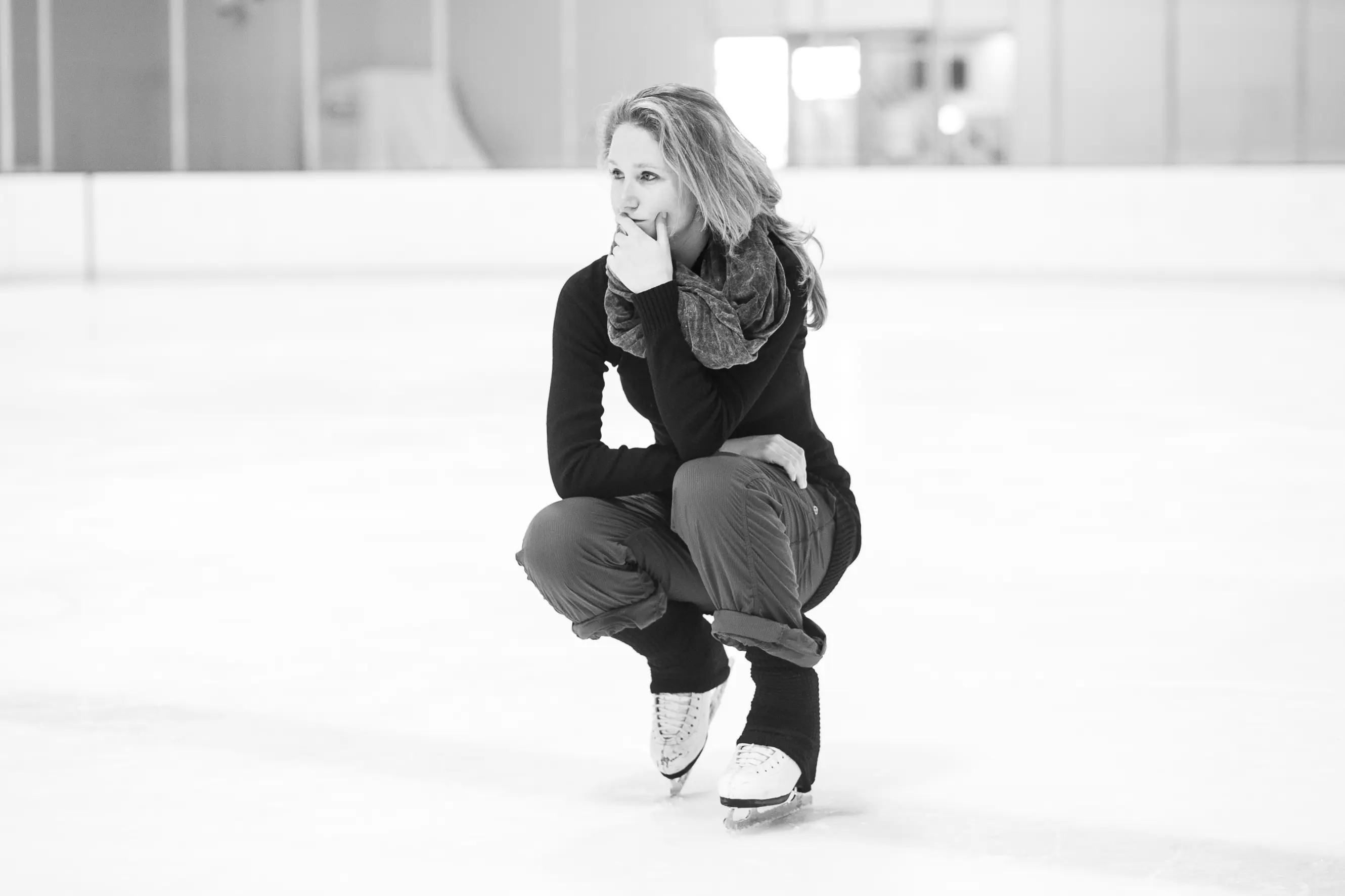
Once they’ve landed on a first take, they share it via Dropbox for the athlete or performer to start training. This opens the piece up to even more versions, Hill explains.
“The other stakeholders are going to have opinions: the coaches, the parents, the federation leaders,” she says. “All of a sudden, a coach might say, ‘This looks weird. Can you change that?’ So [we’ll go back and say], ‘We have this version. What do you think about this?’”
Each project has its own folder system—”Everything is titled, filed, and easy to find”—and access rights, which keeps clients from seeing what Hill and Co. are working on for their competition.
“At first, [Dropbox] was just simply keeping these video files,” she explains. “Then over time, it became a collaborative tool. I’m not at my computer every day. I’m dancing and choreographing and teaching and interacting with people all day. So to have a trusted source where I know I can put whatever I need there and it’s not cluttered and most people know how to use it? Dropbox enables the creative.”
It turns out following her passions allowed her to have the “peace of mind” a “real job” is supposed to afford.
“I started my career in business, but always had this pull to this creative endeavor that I knew I wanted to do,” Hill explains. “I was worried if I didn’t do it early in life, I wouldn’t be able to complete it the way I hoped.
“Now,” she continues, “10 years out of that decision, I want to tell everyone, ‘Pursue your creative endeavors, whatever they might be.’ Understand that you can be multifaceted.”

.png/_jcr_content/renditions/hero_square%20(2).webp)

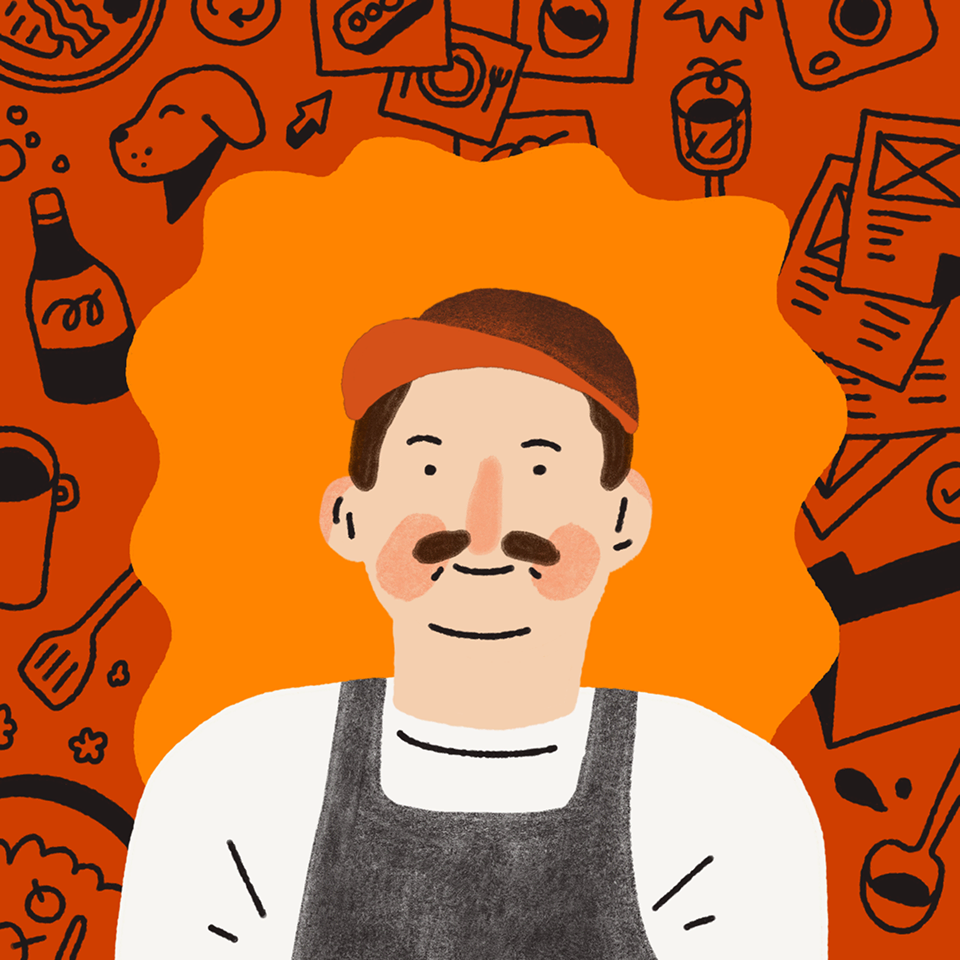





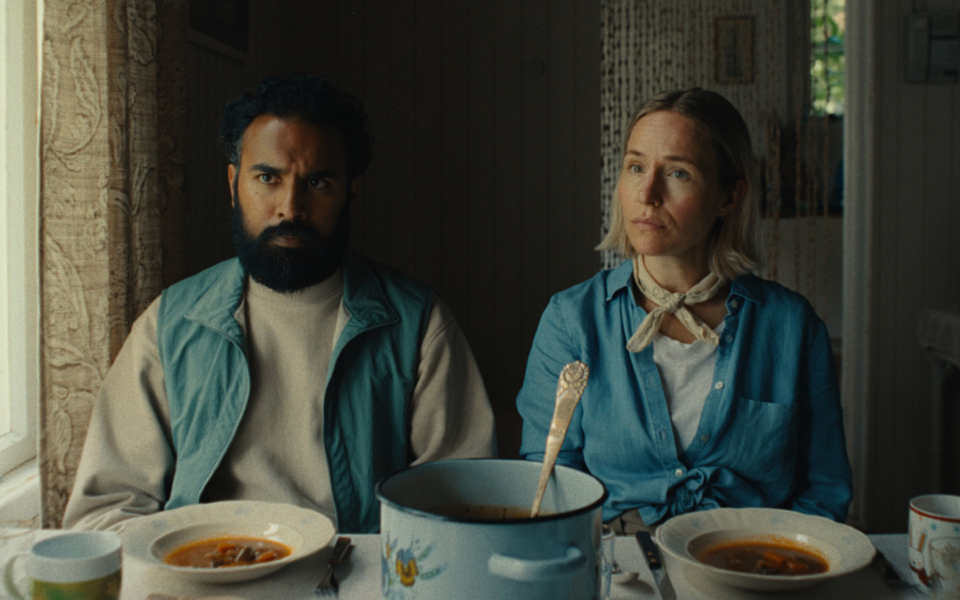
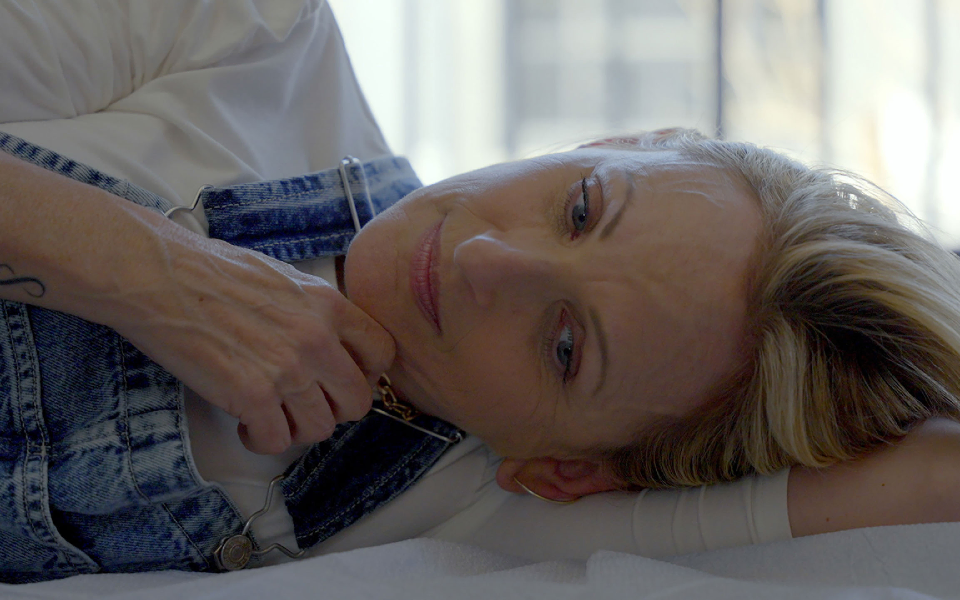





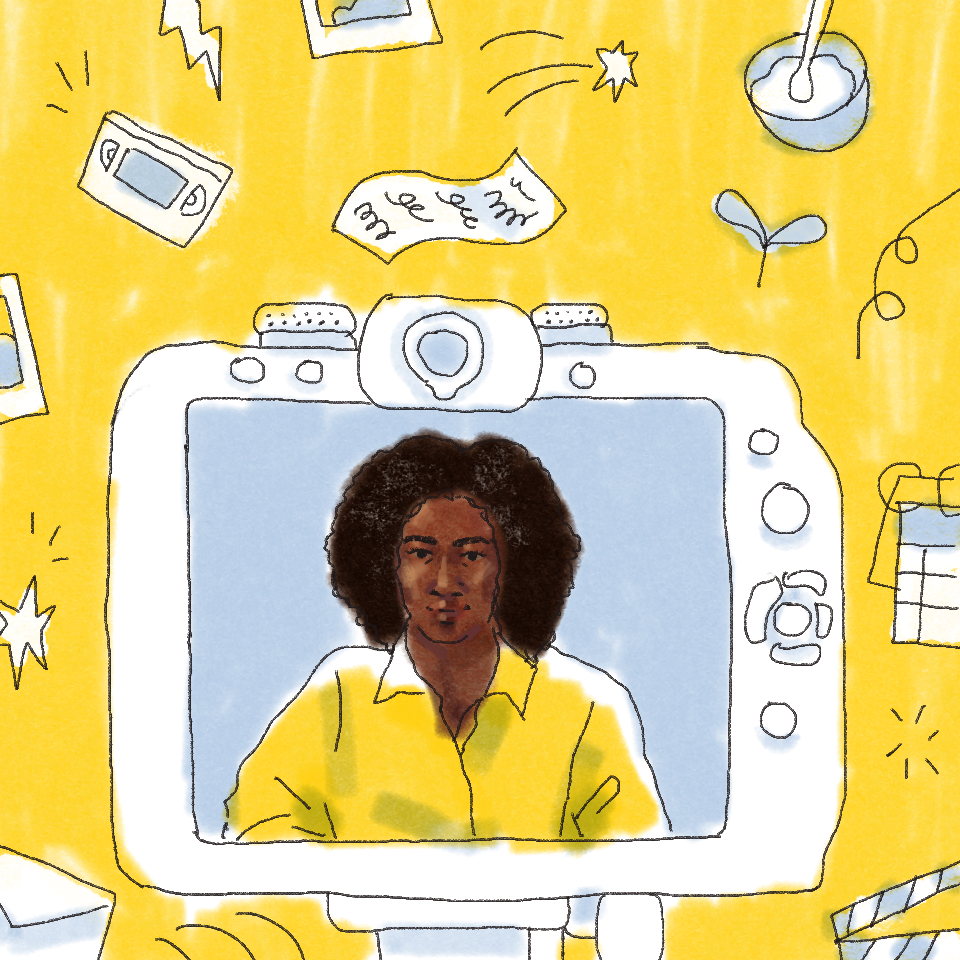
.jpg/_jcr_content/renditions/1200x628%20(5).webp)



